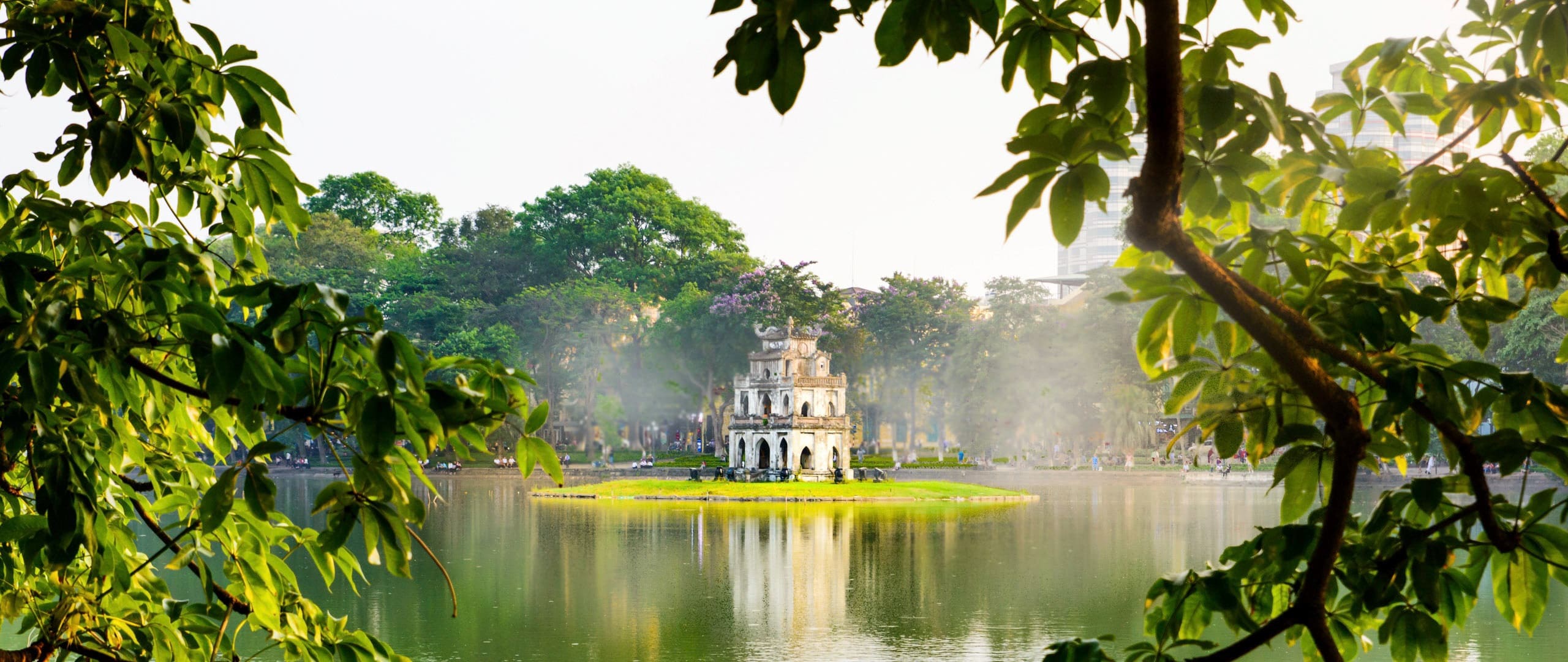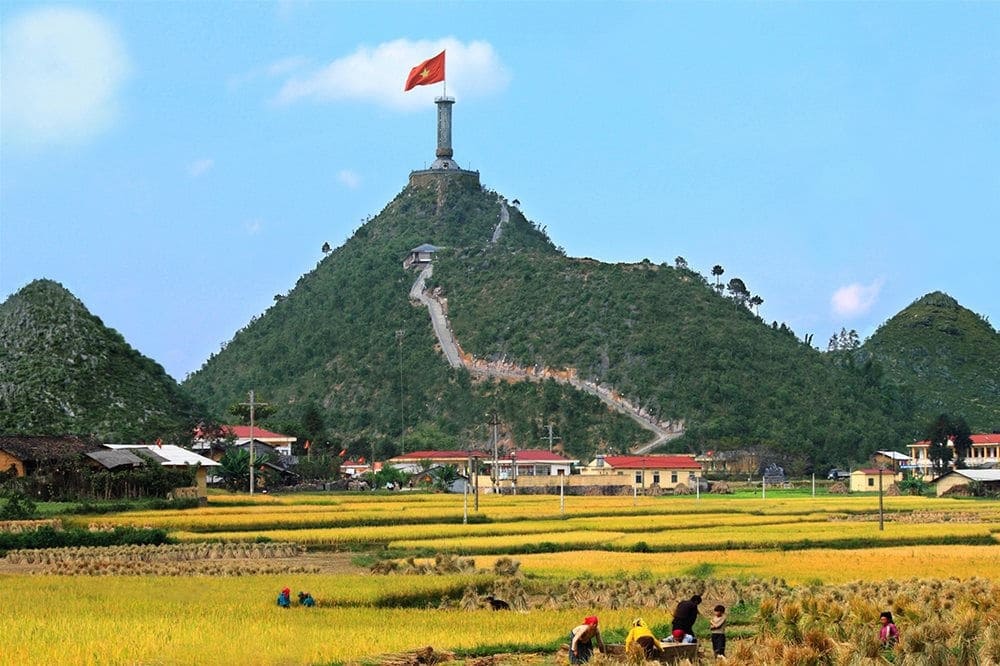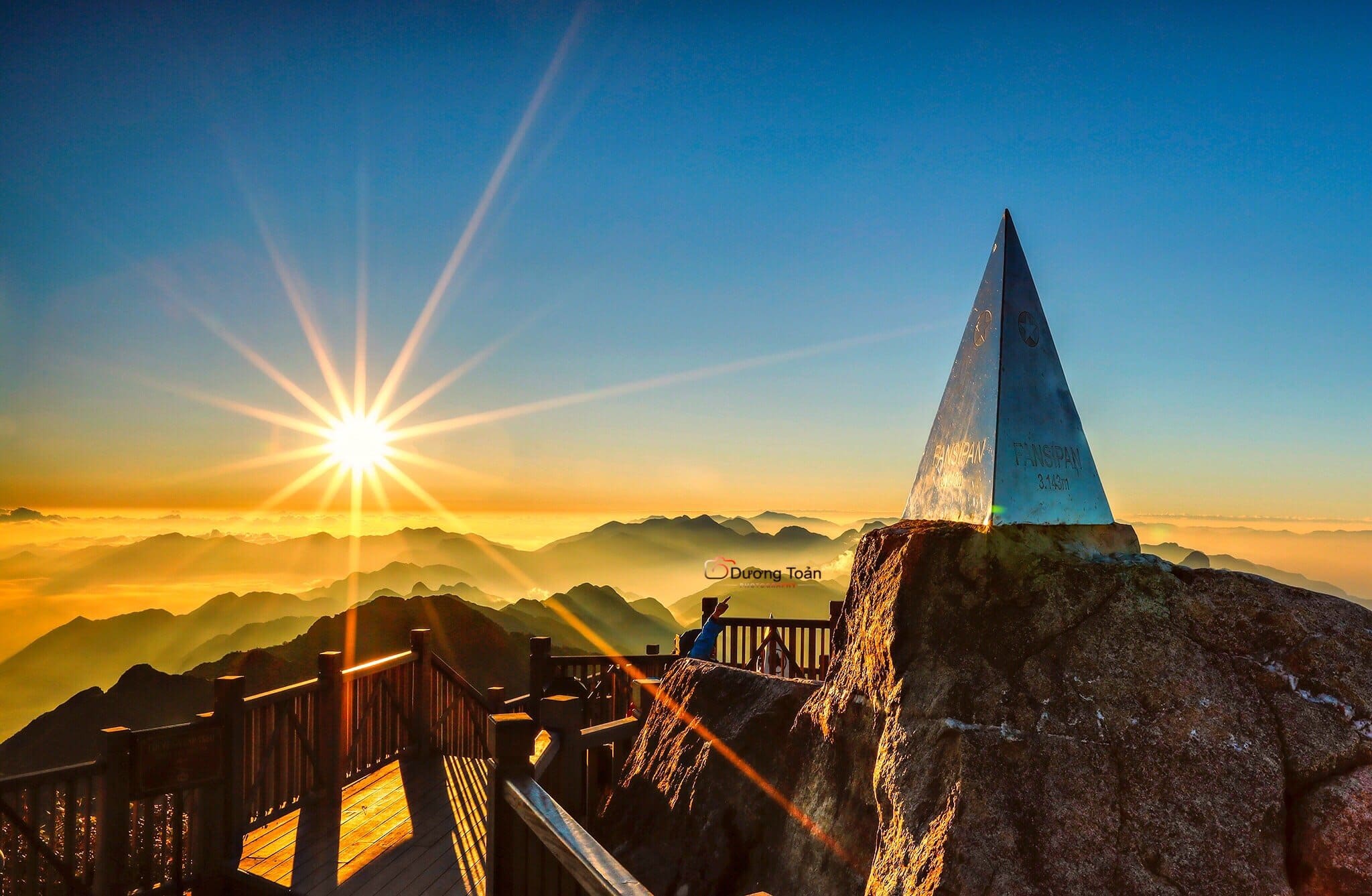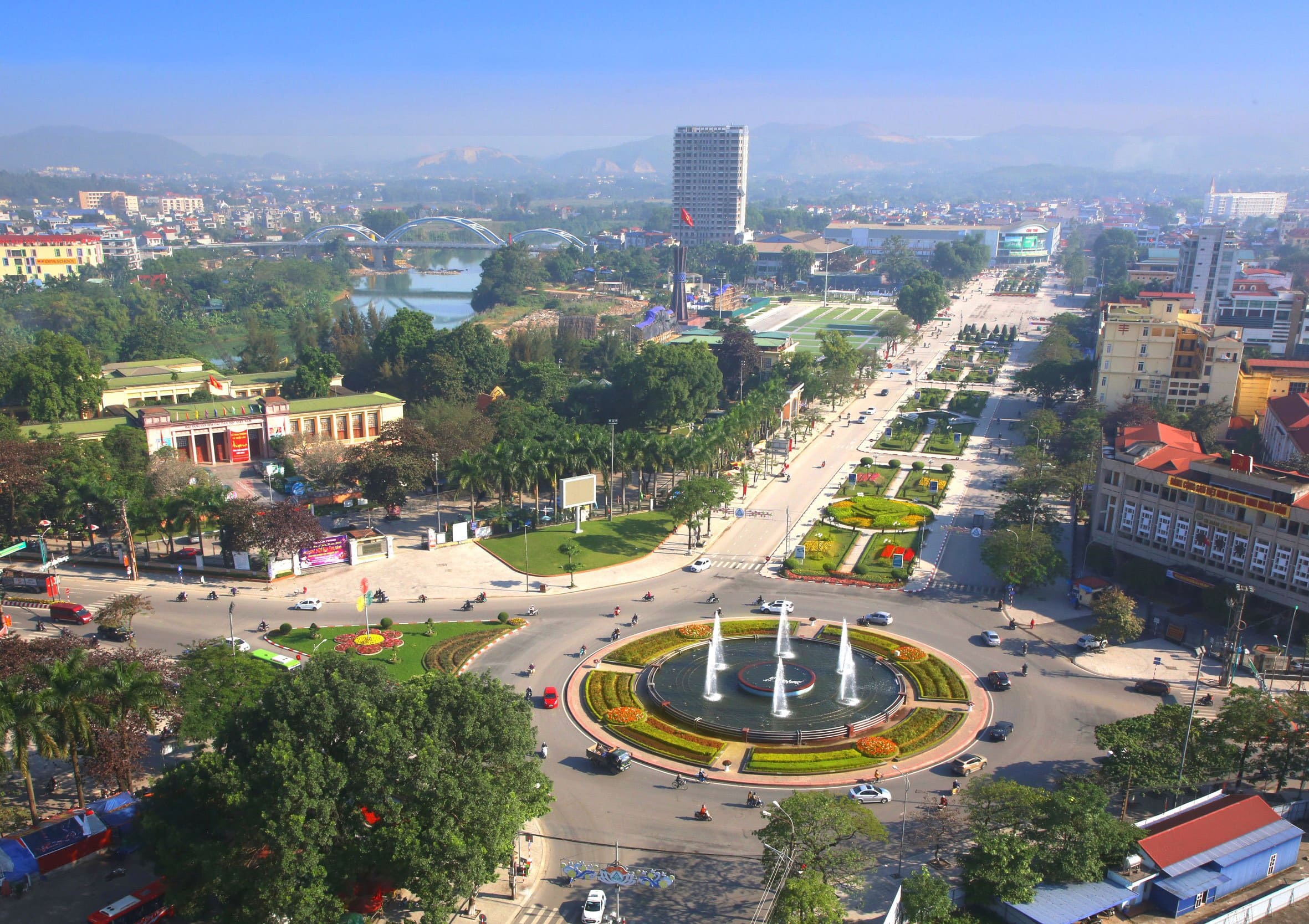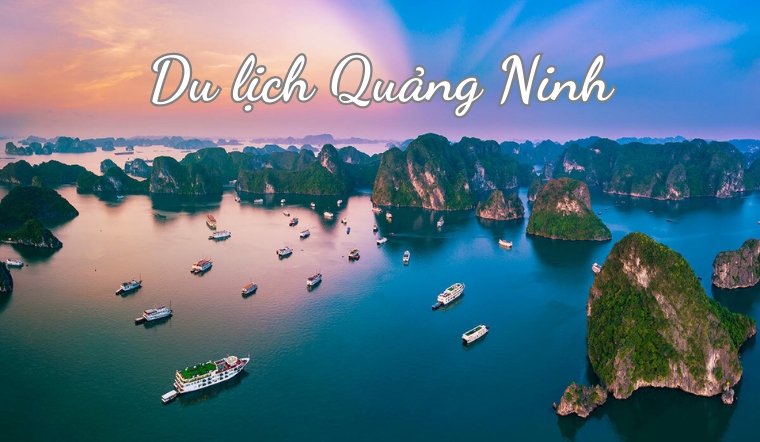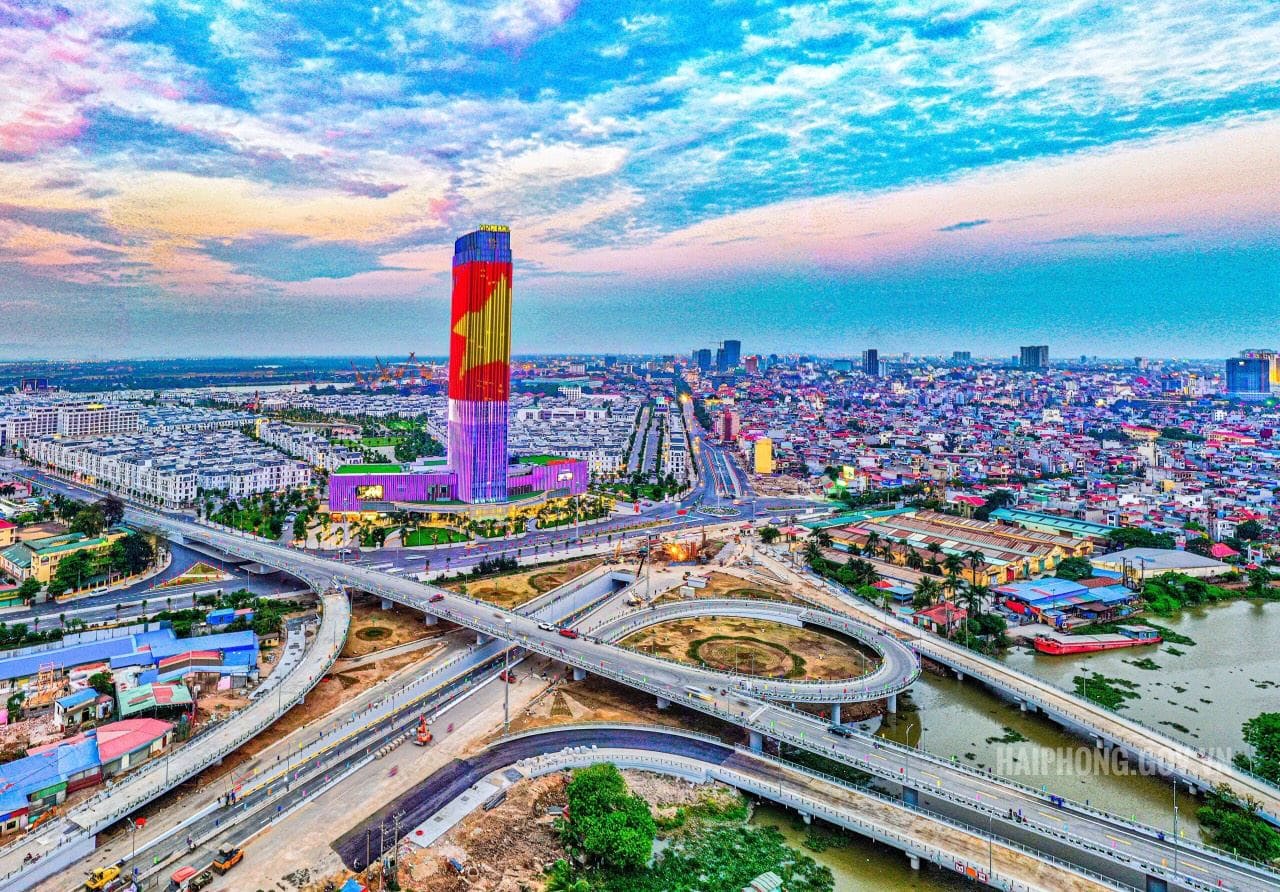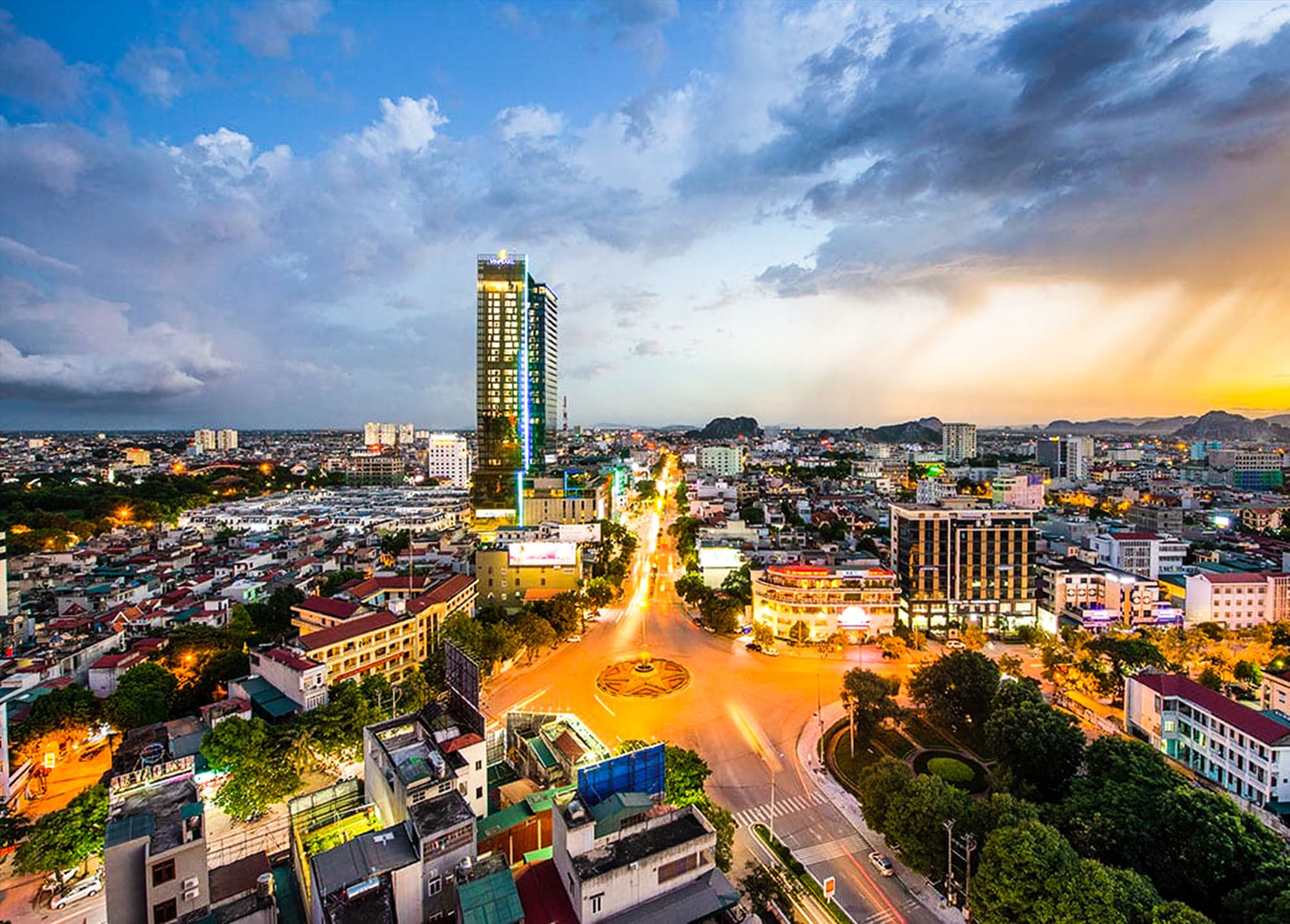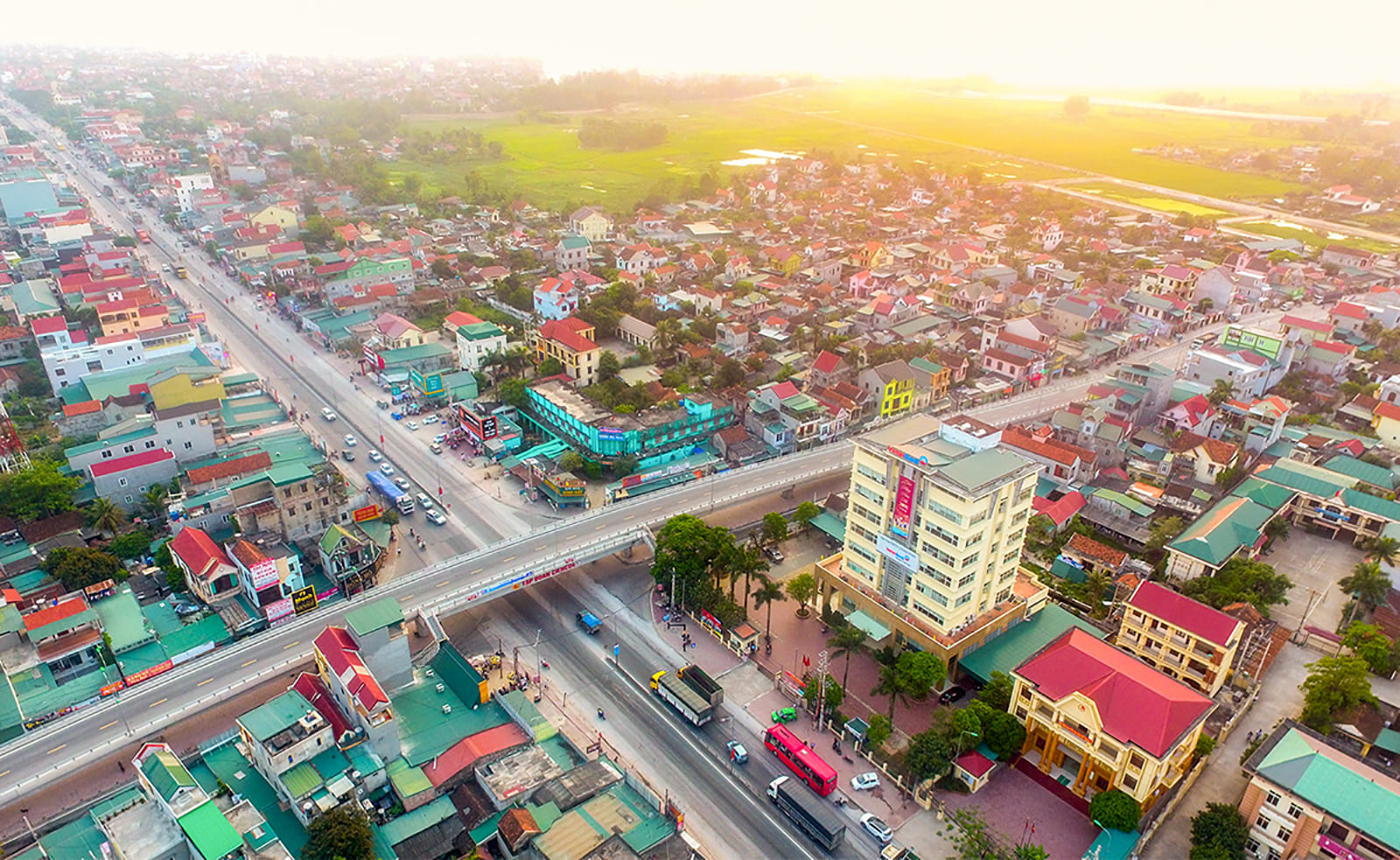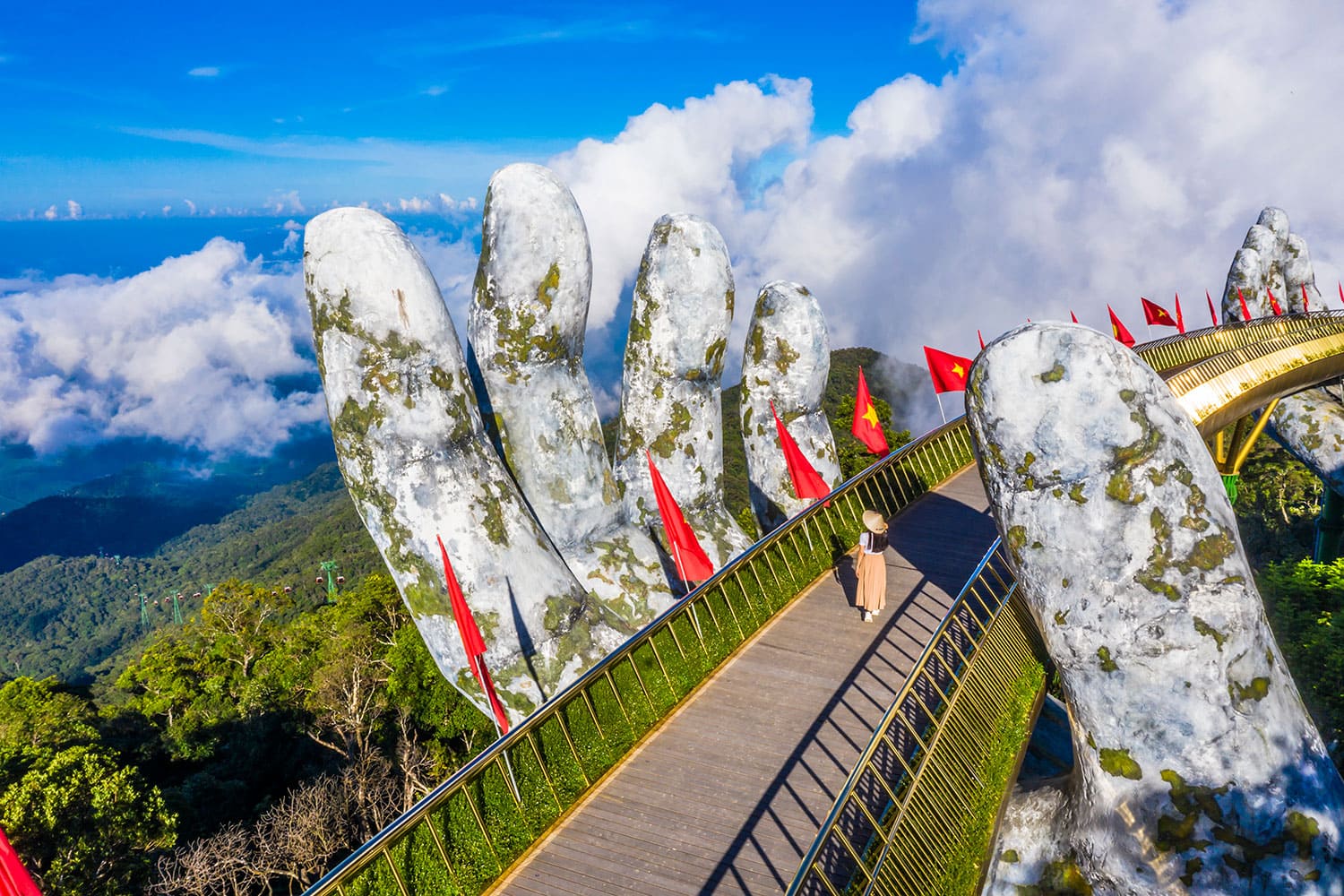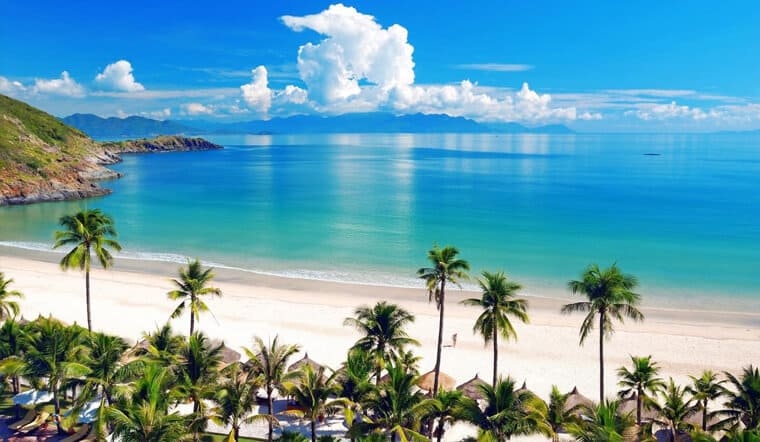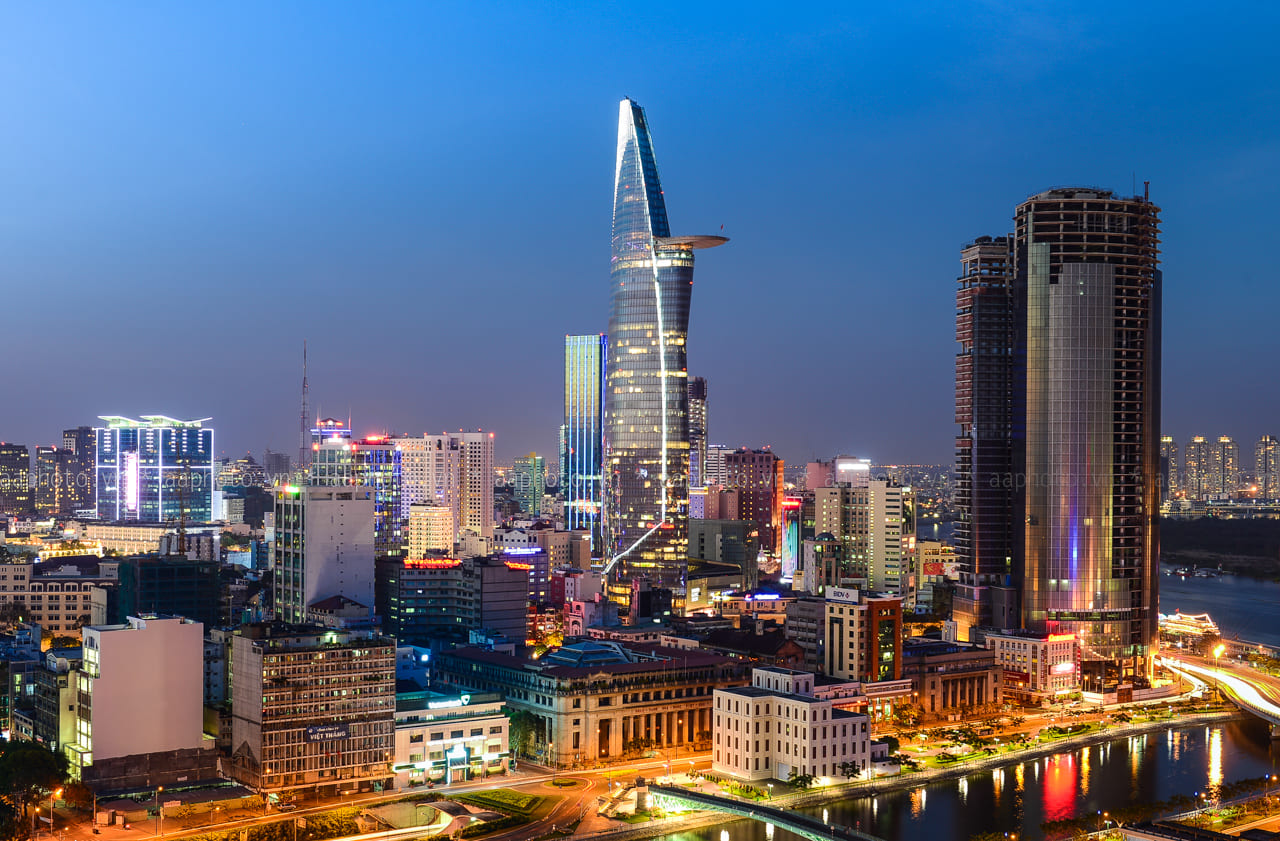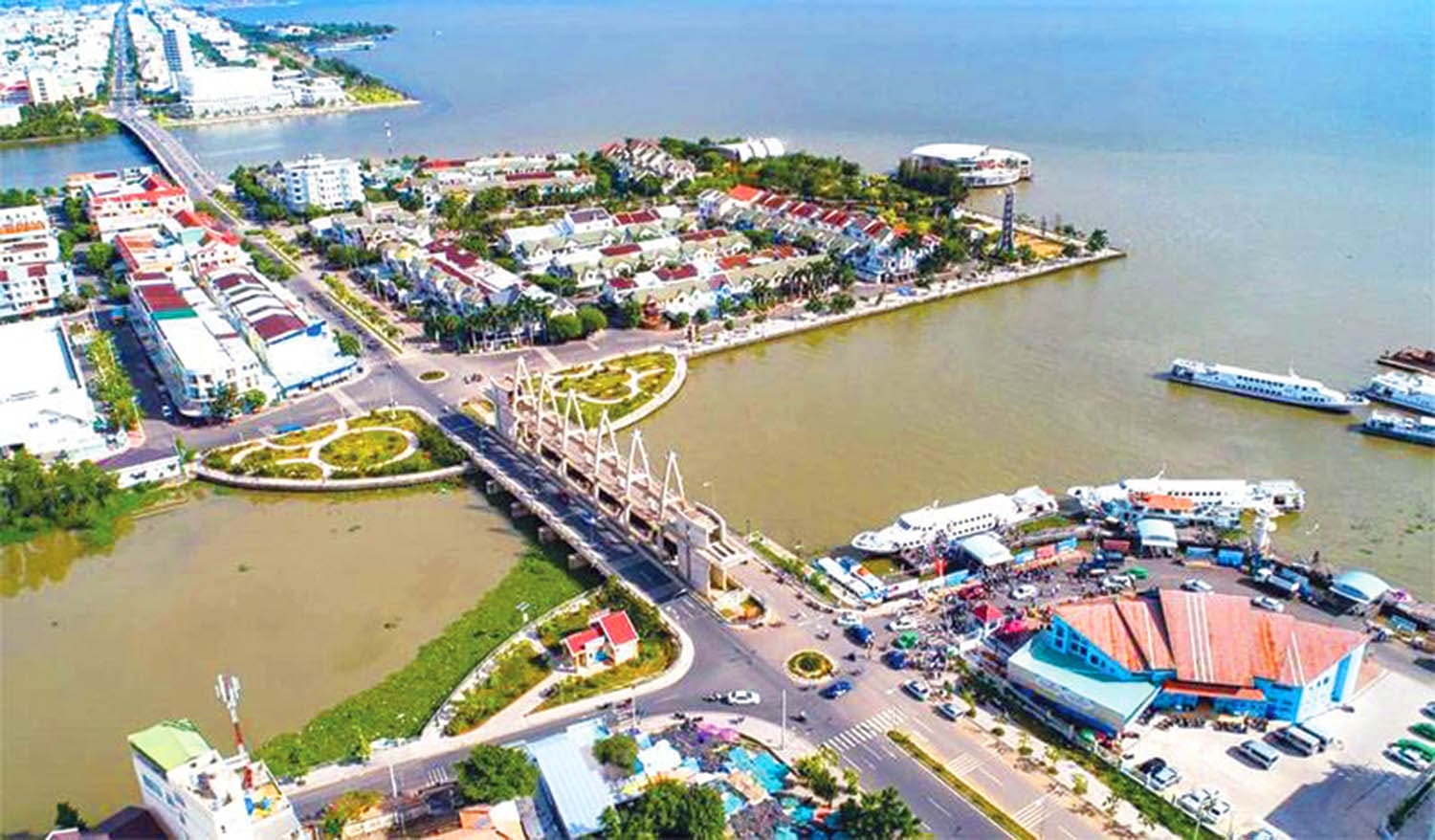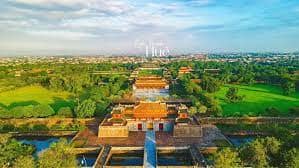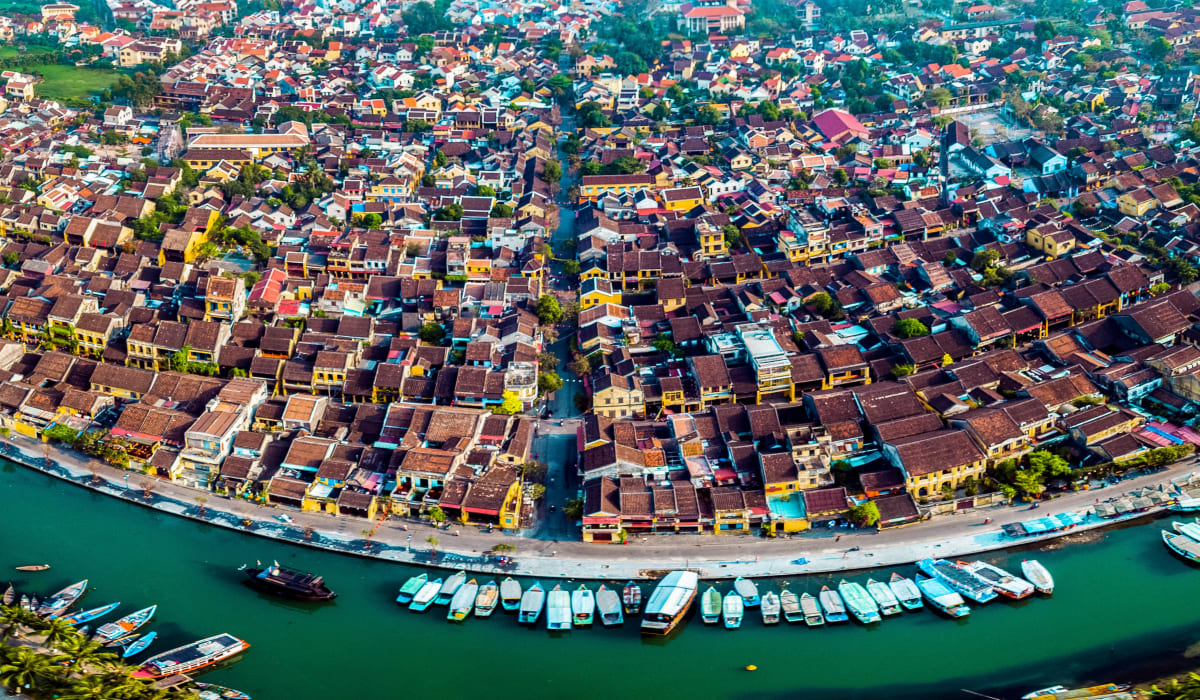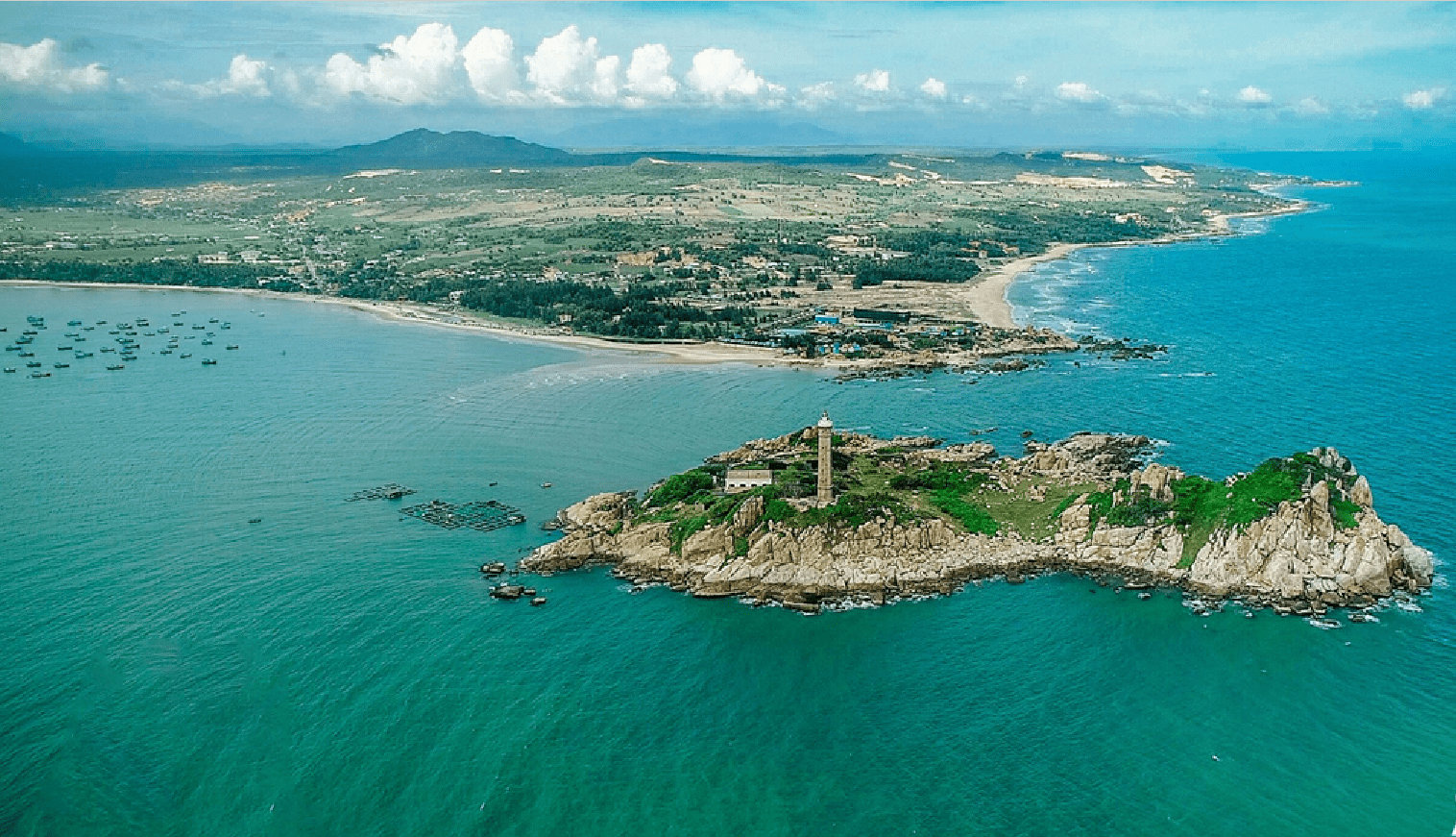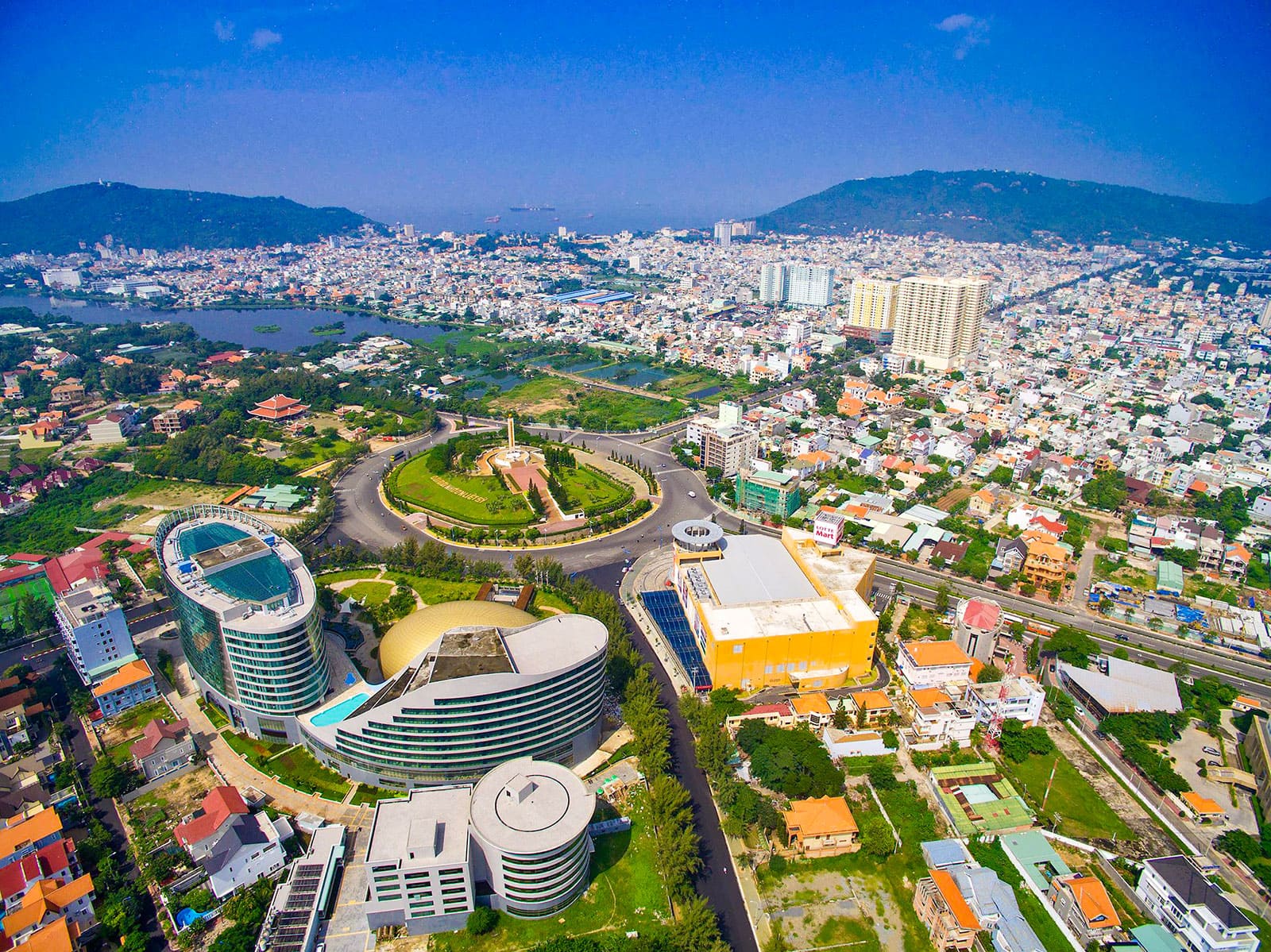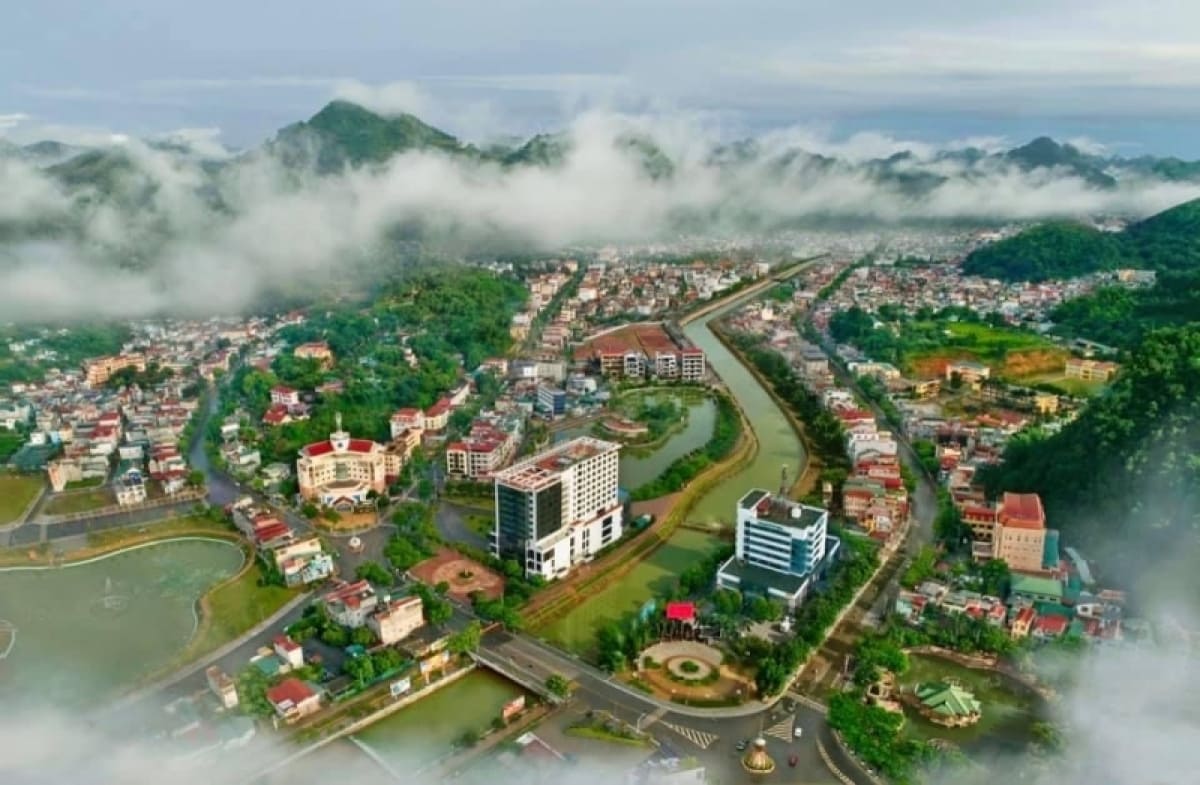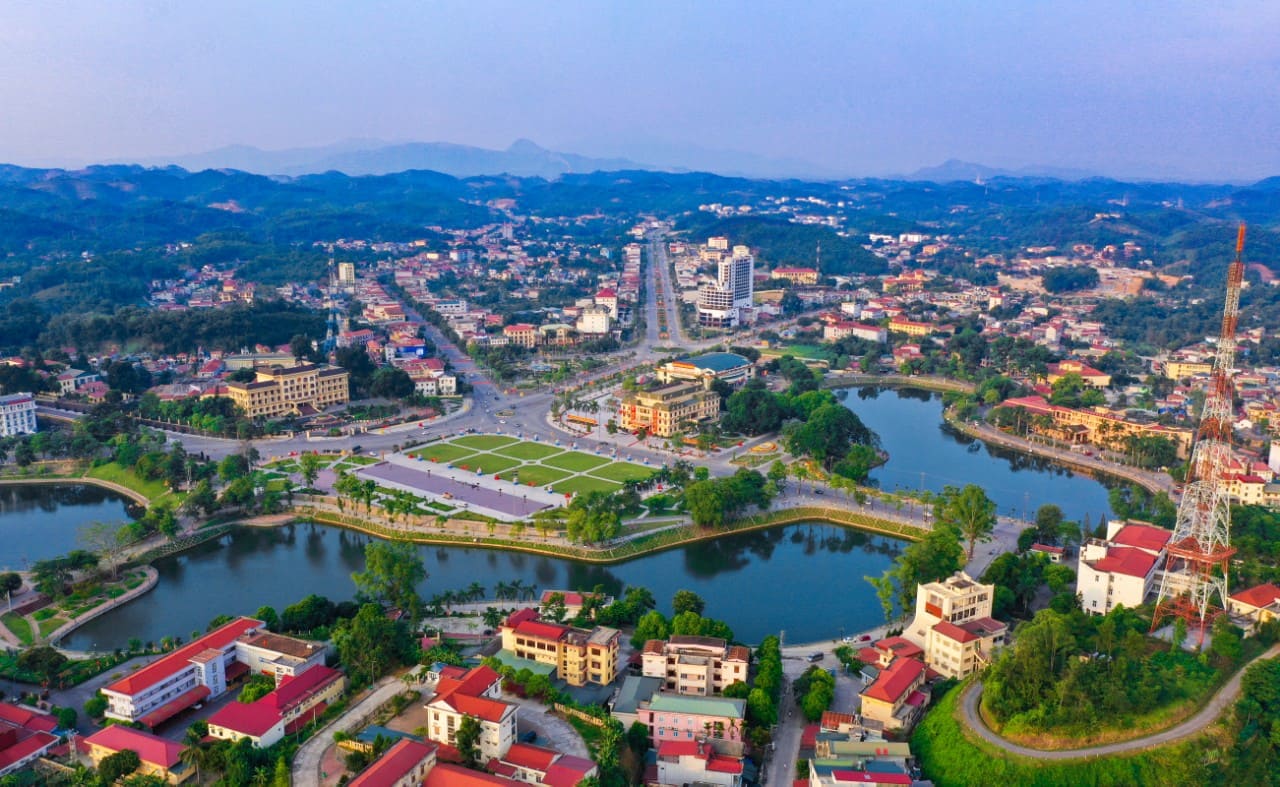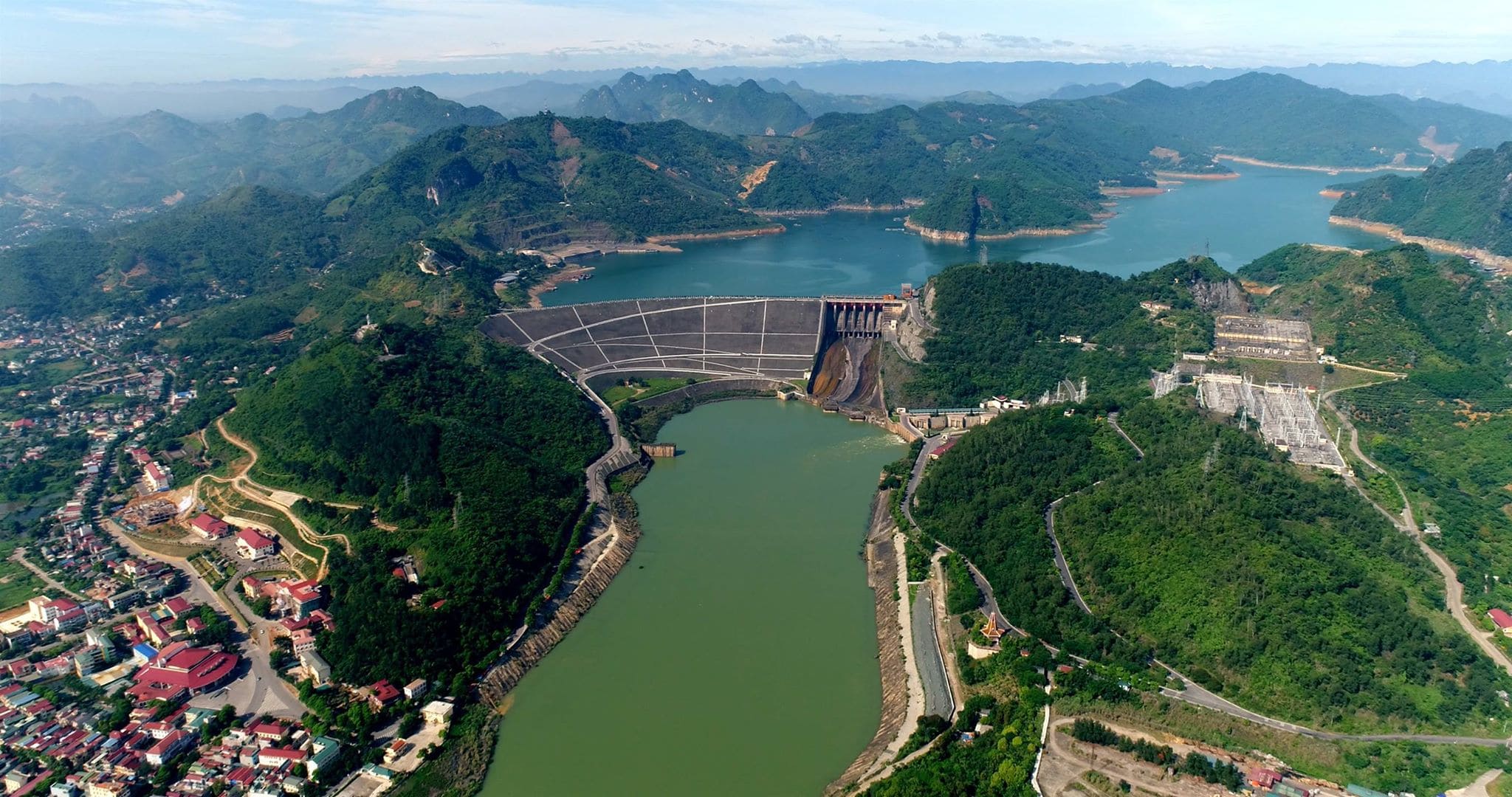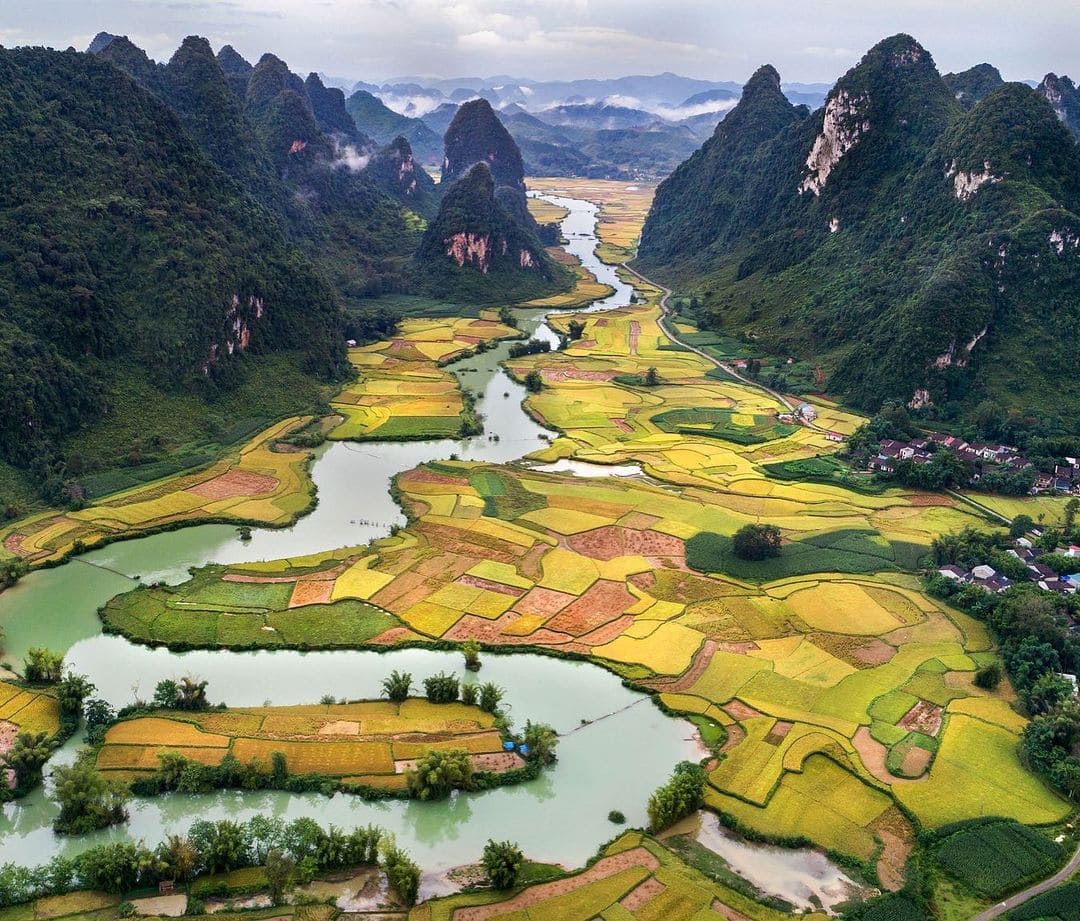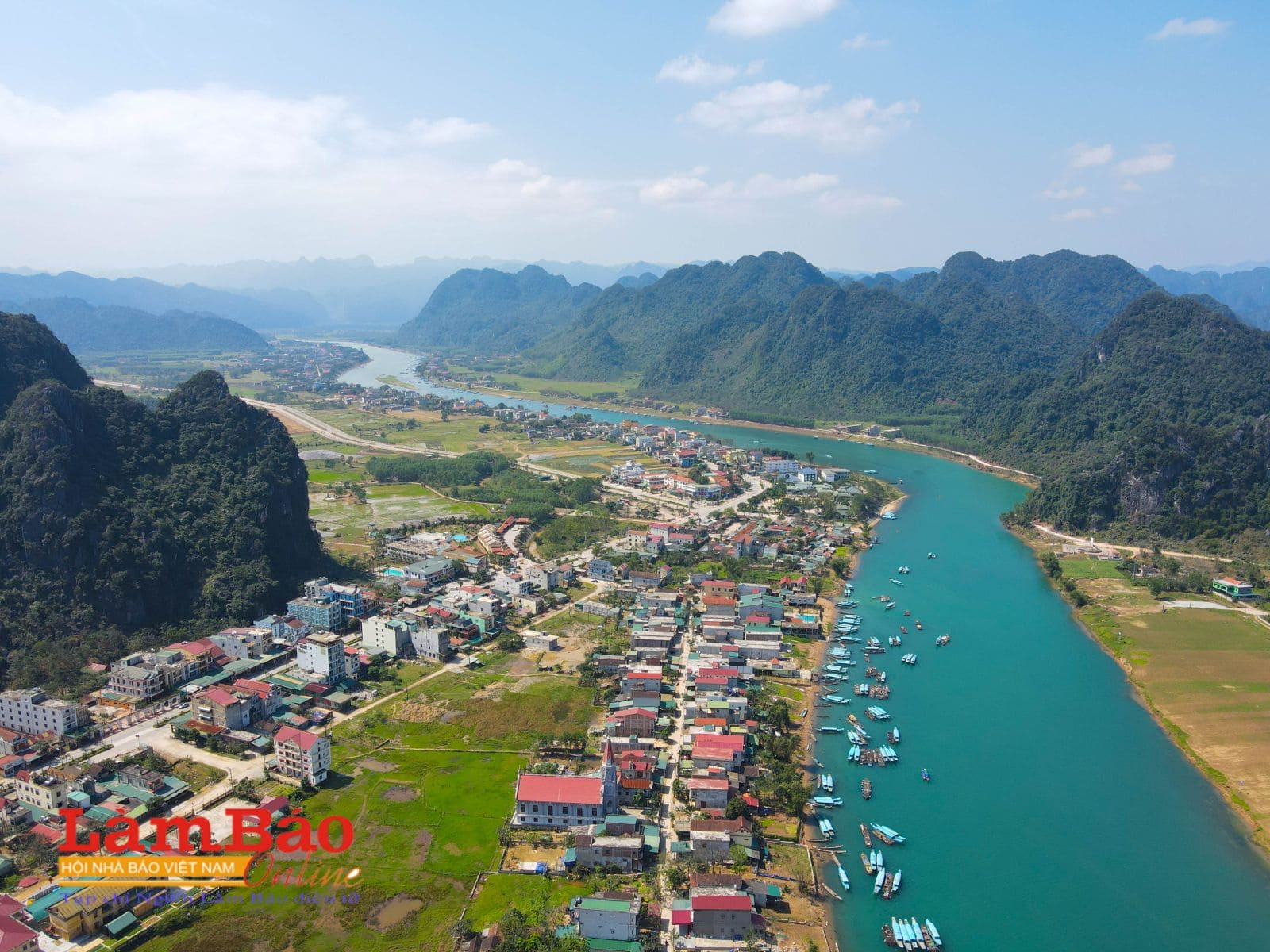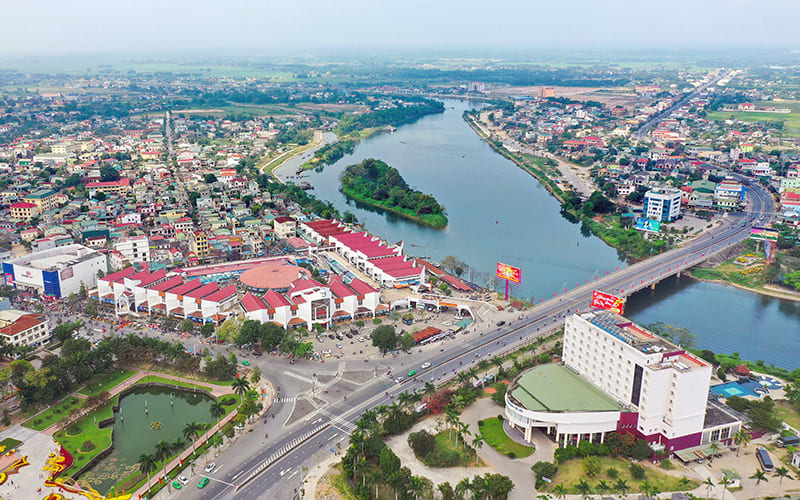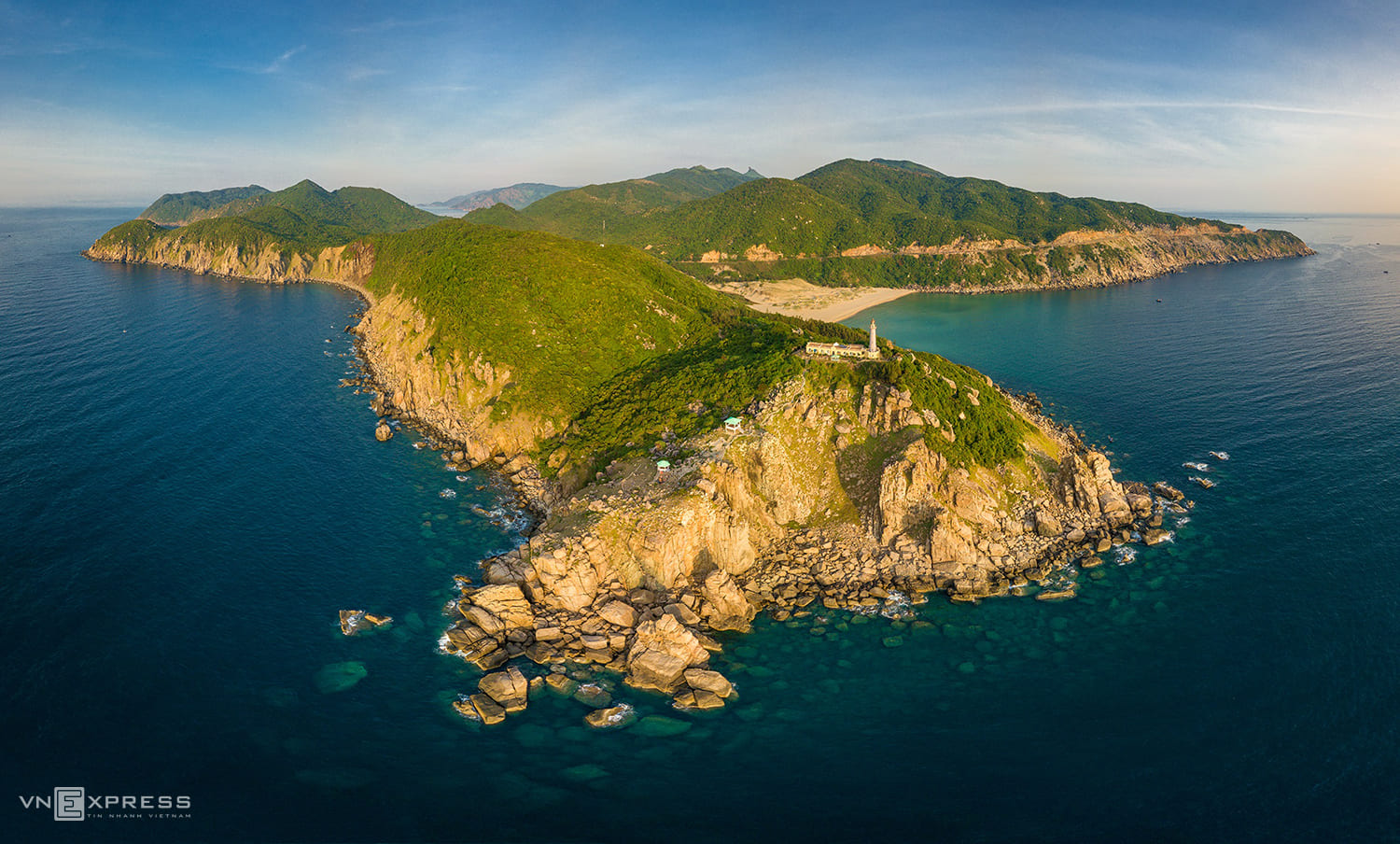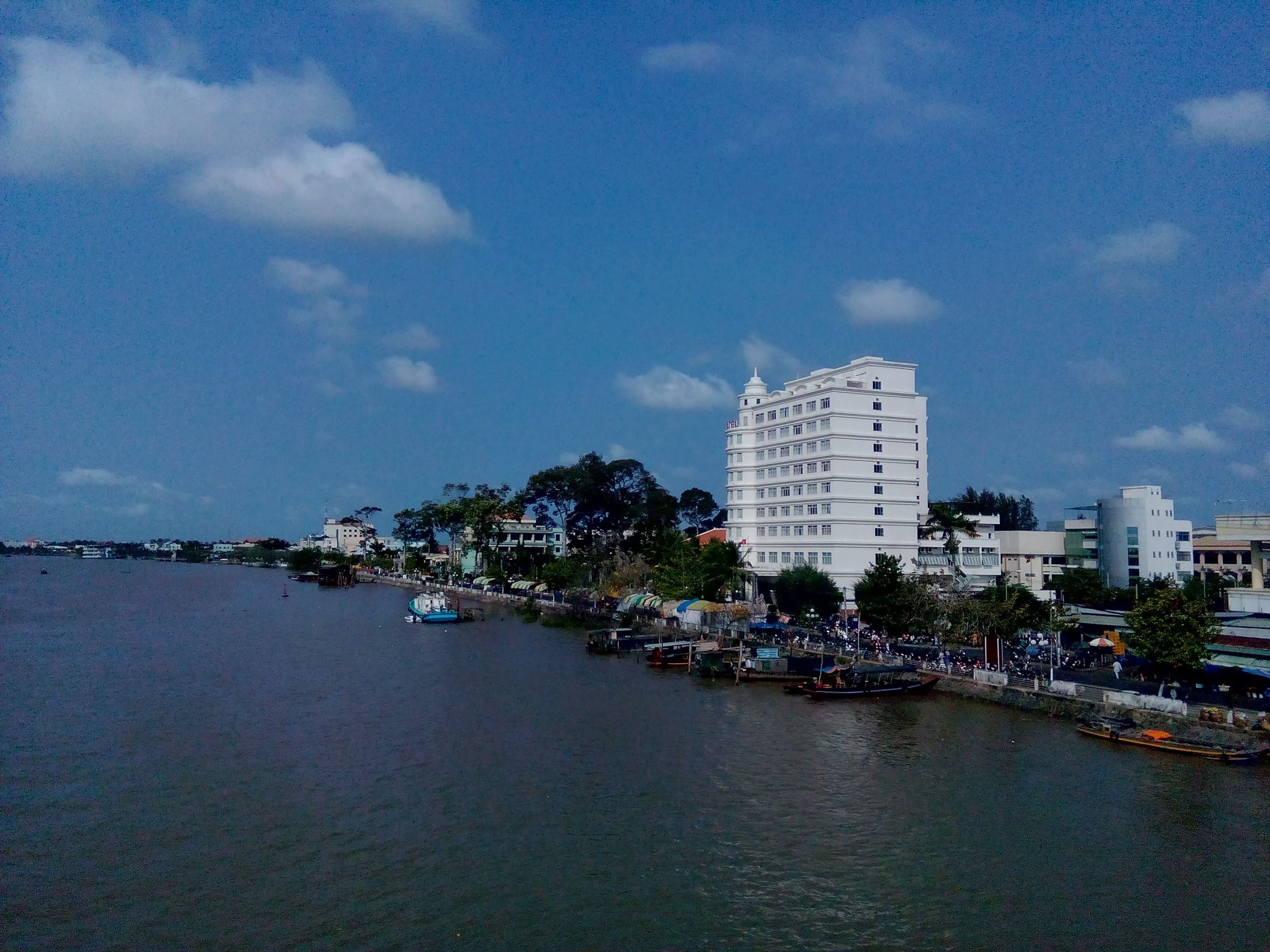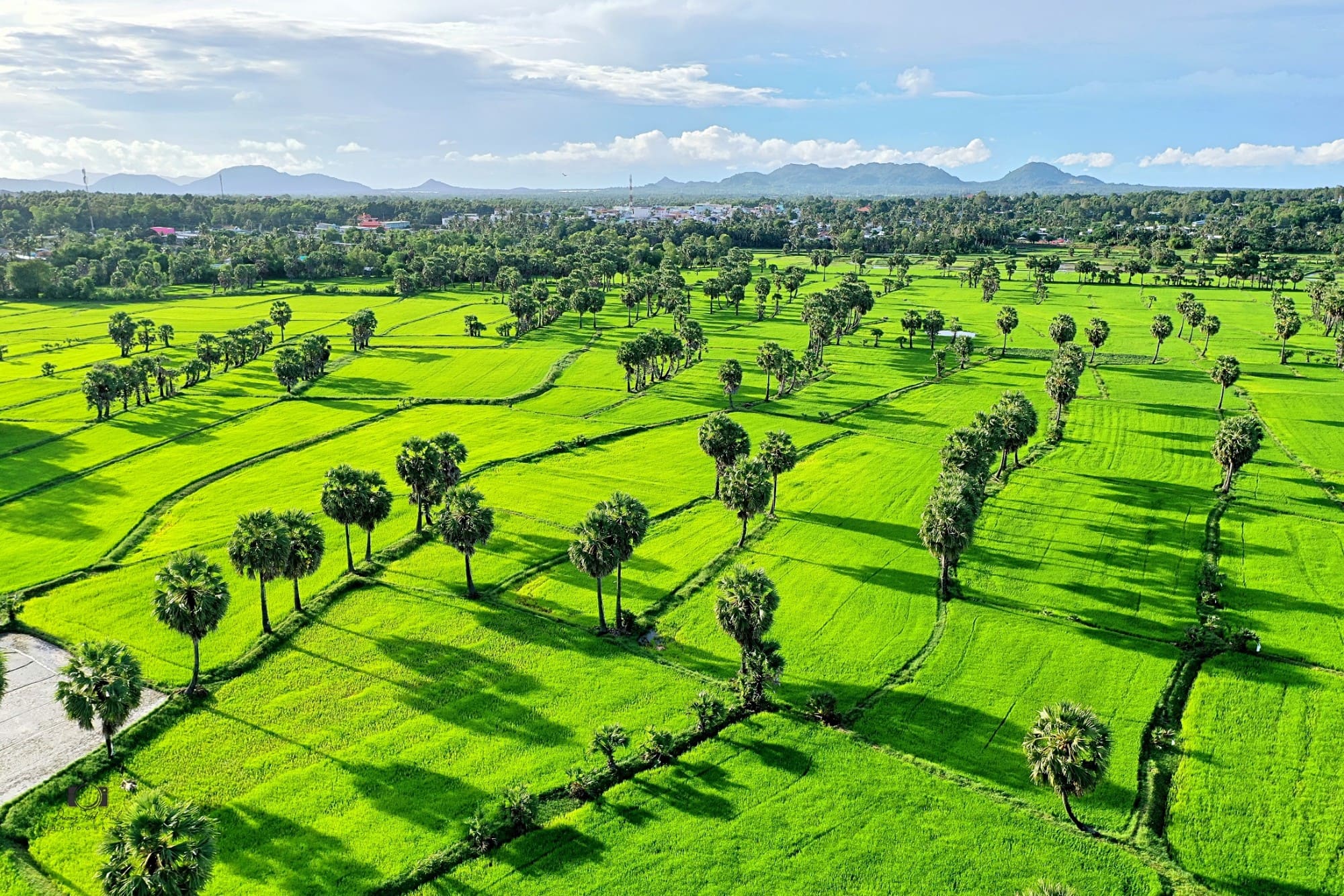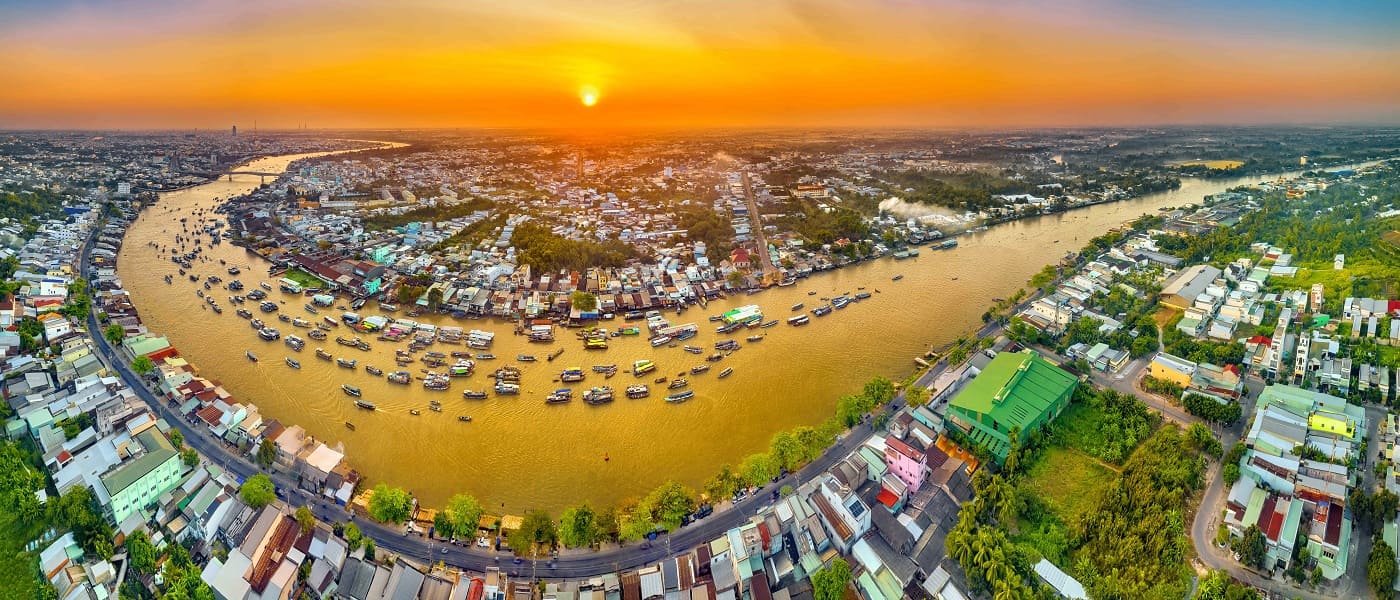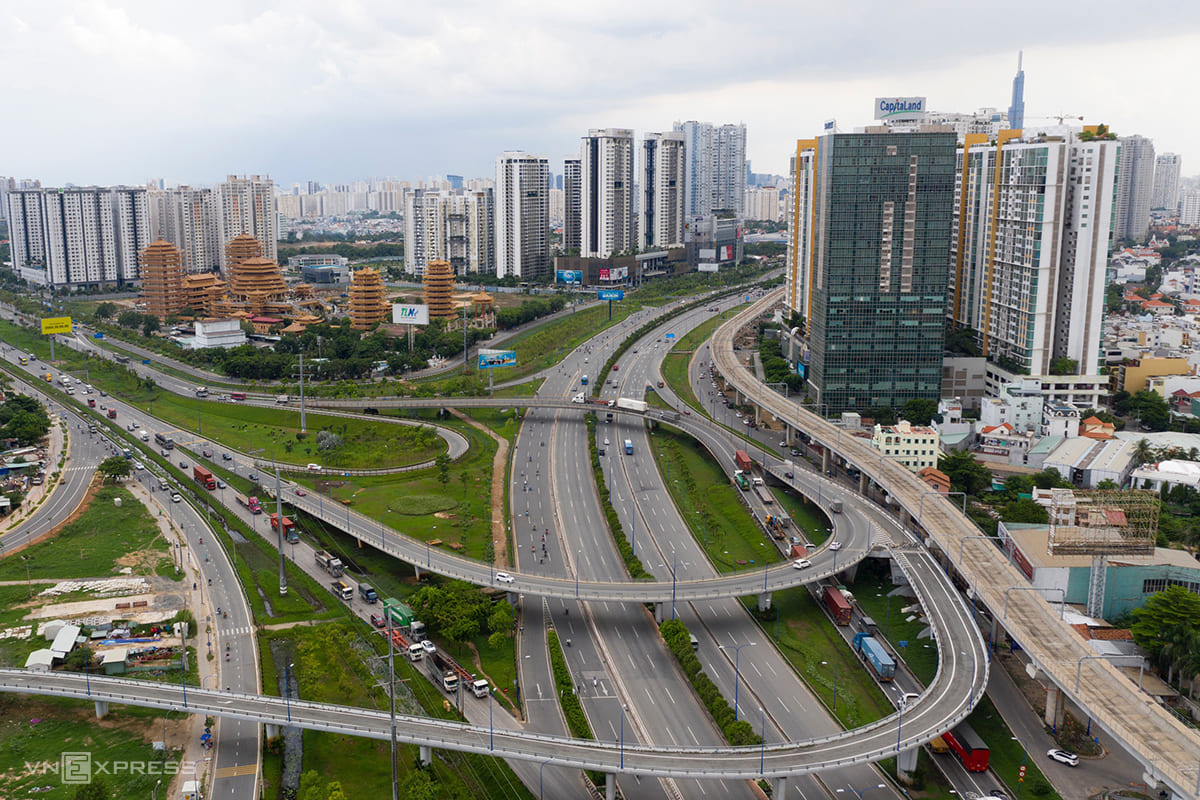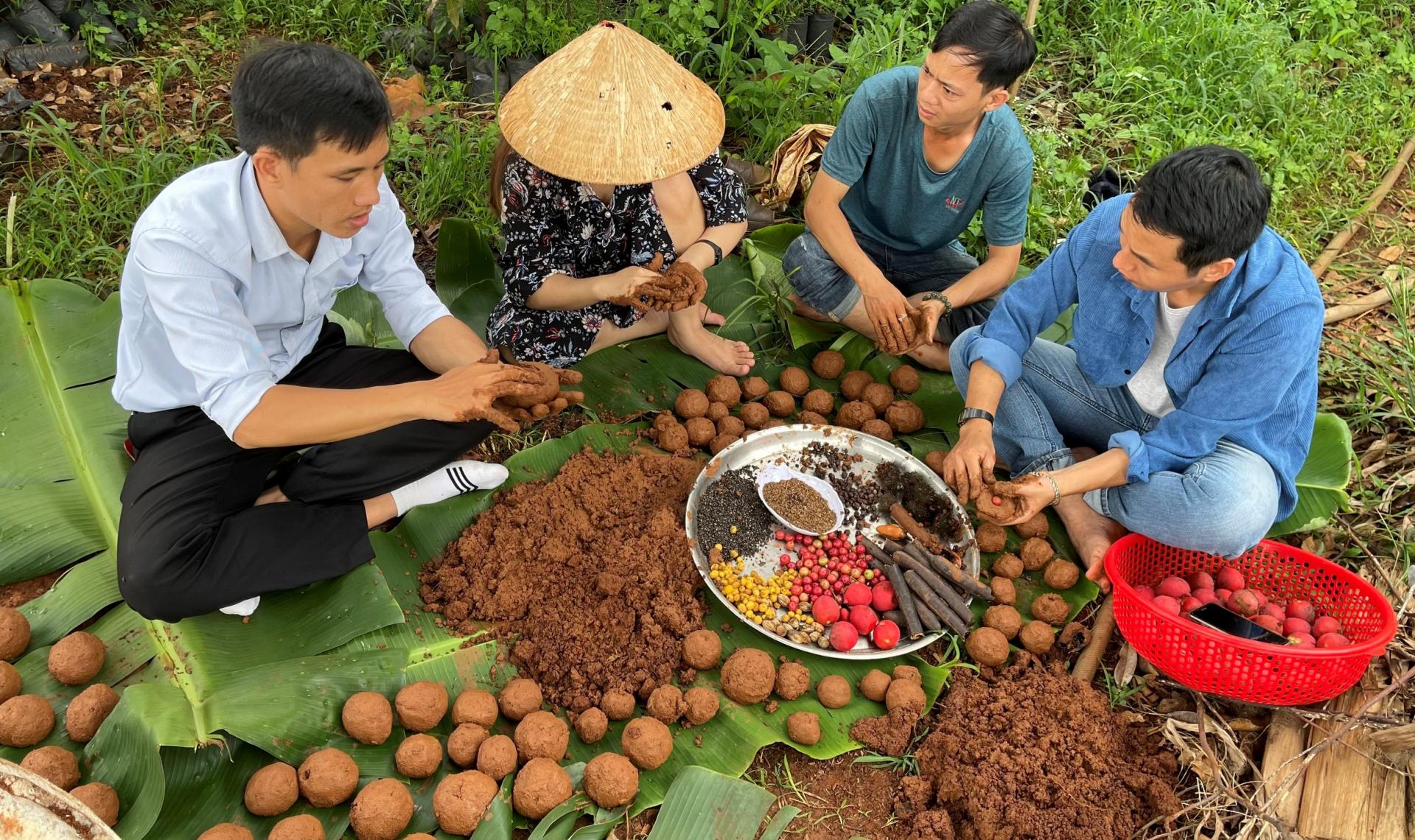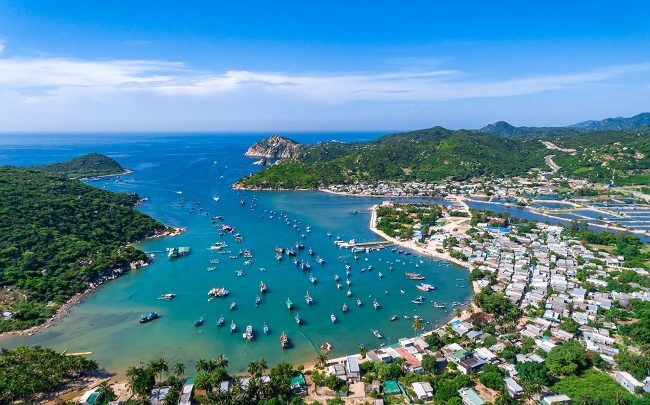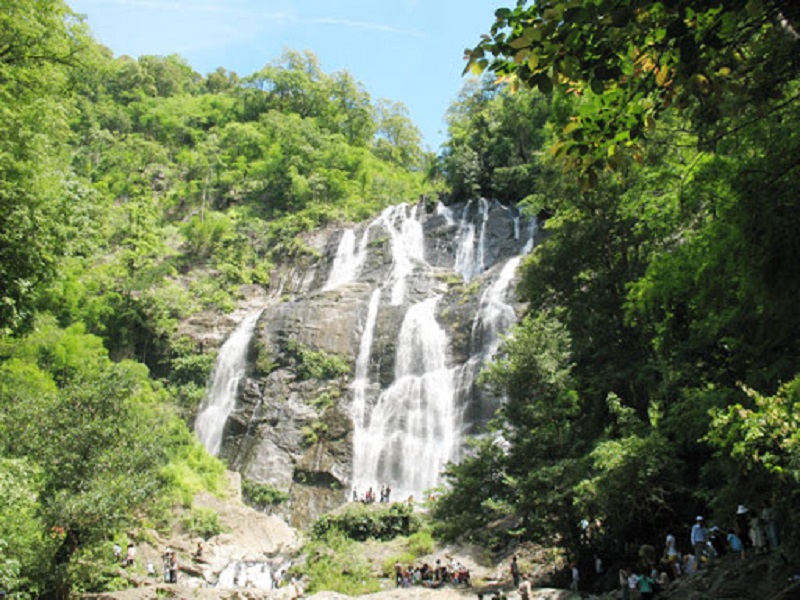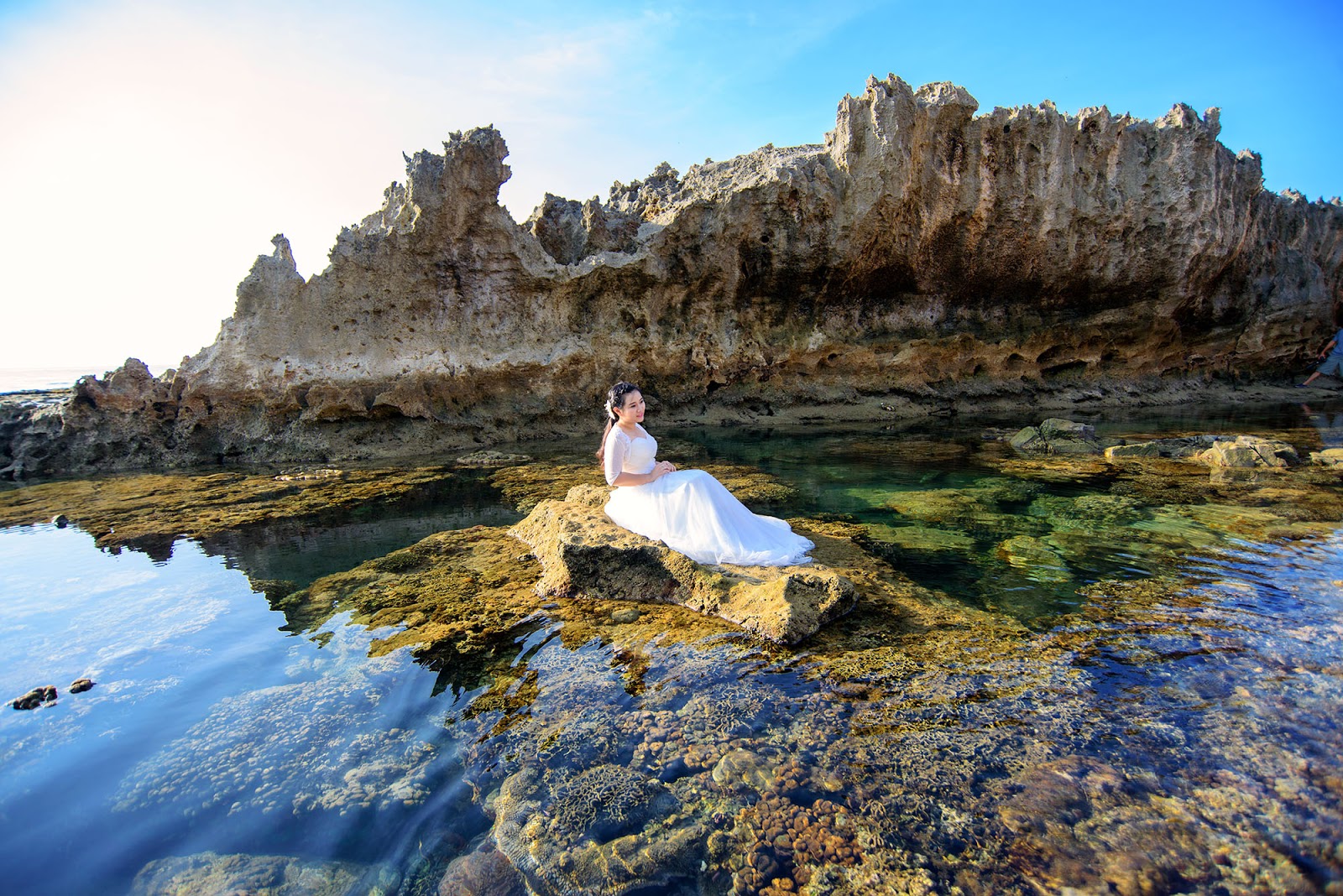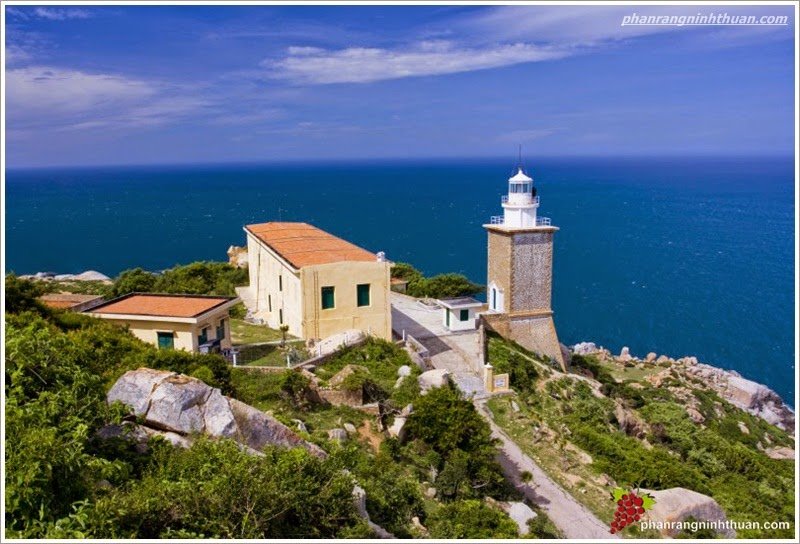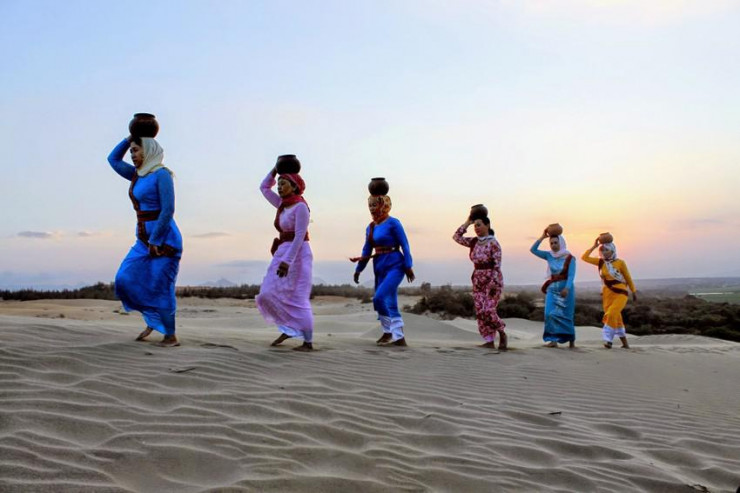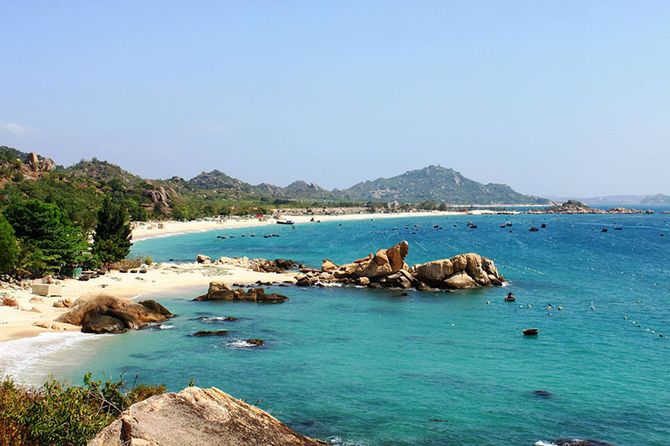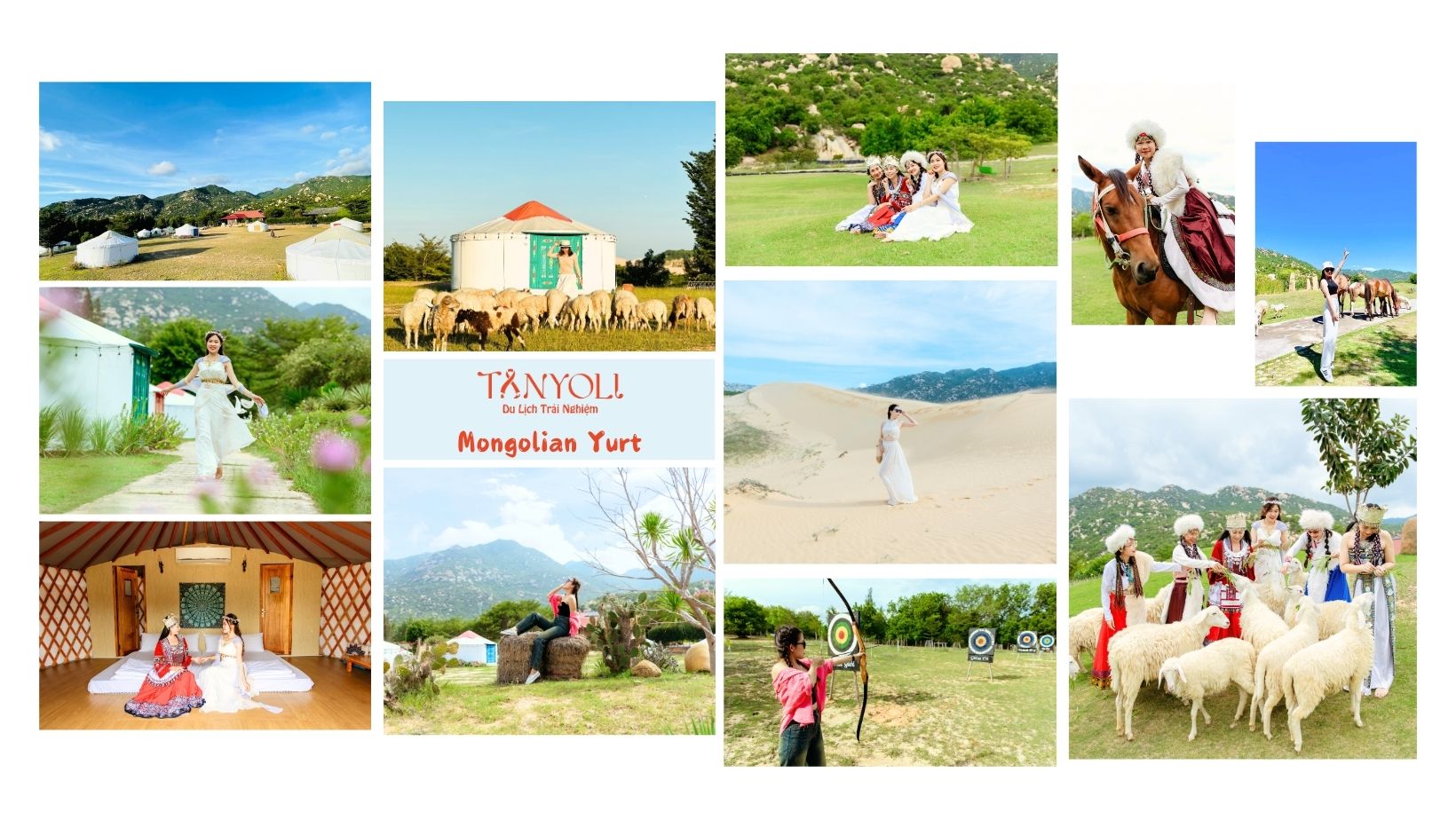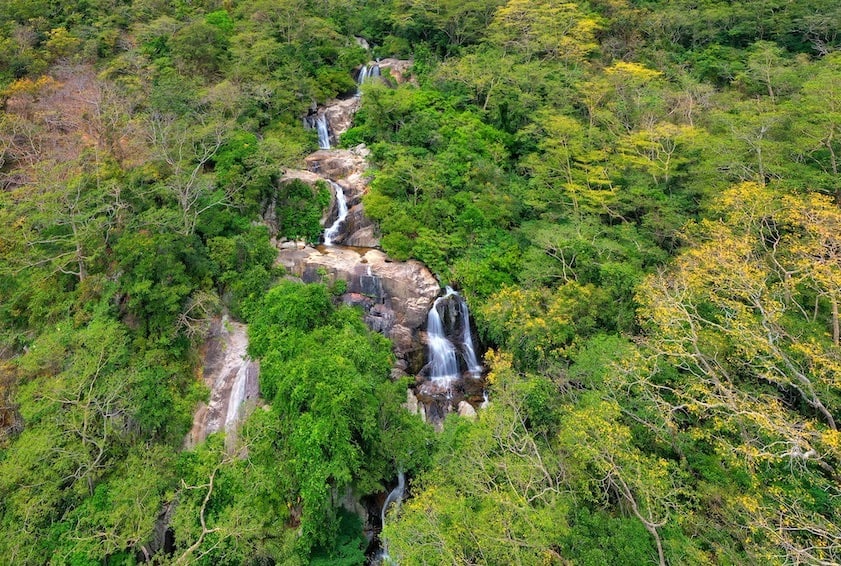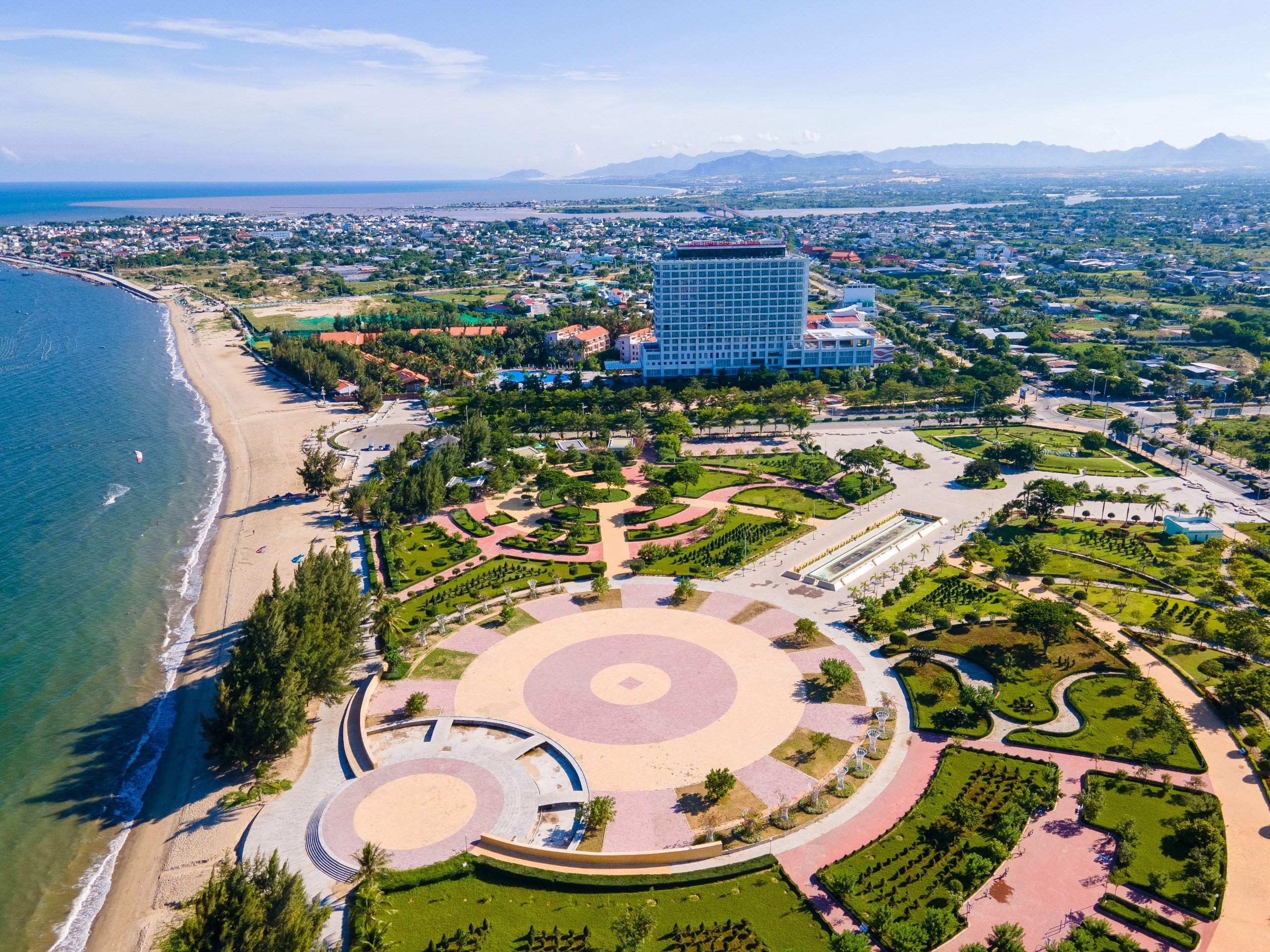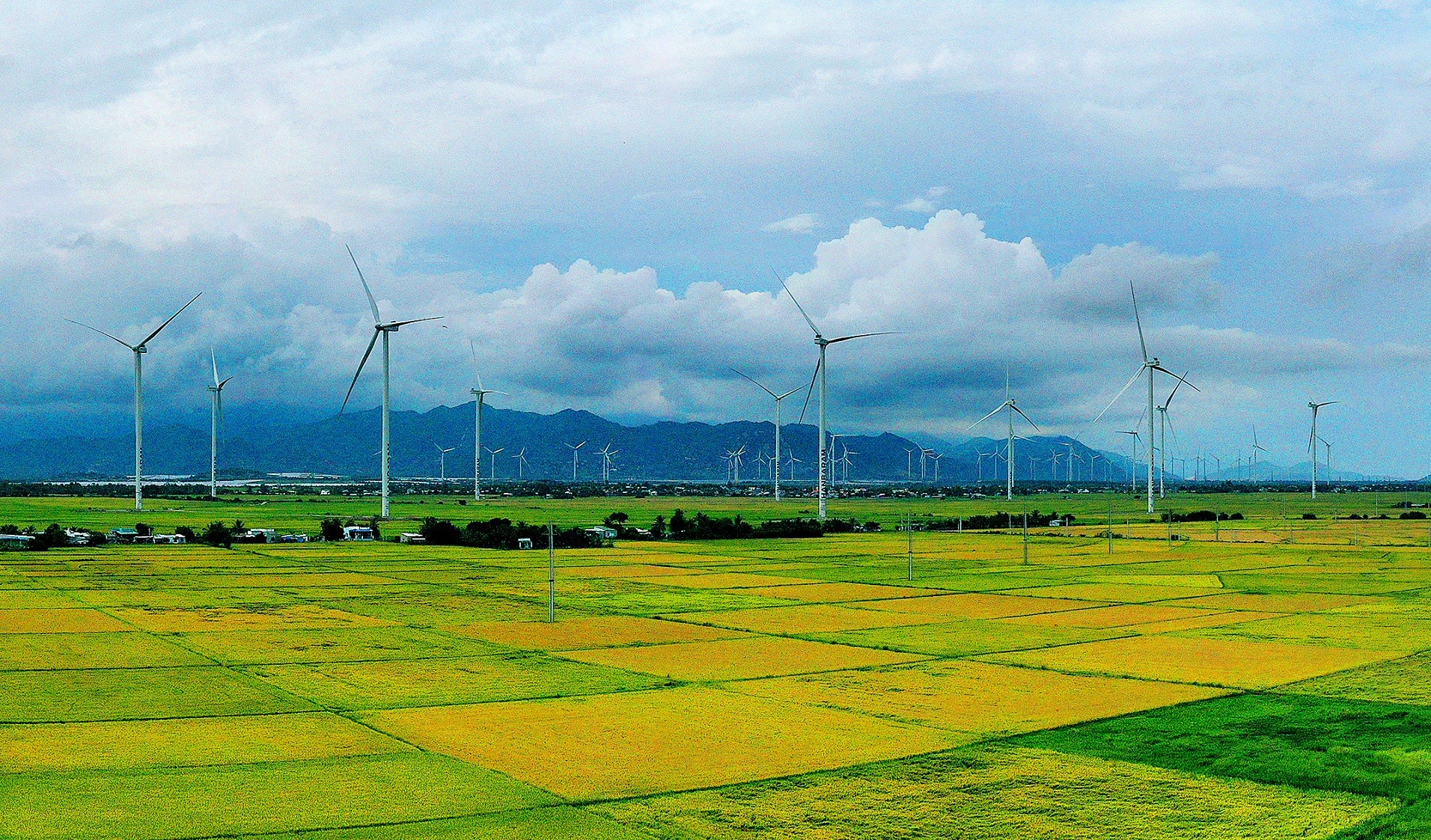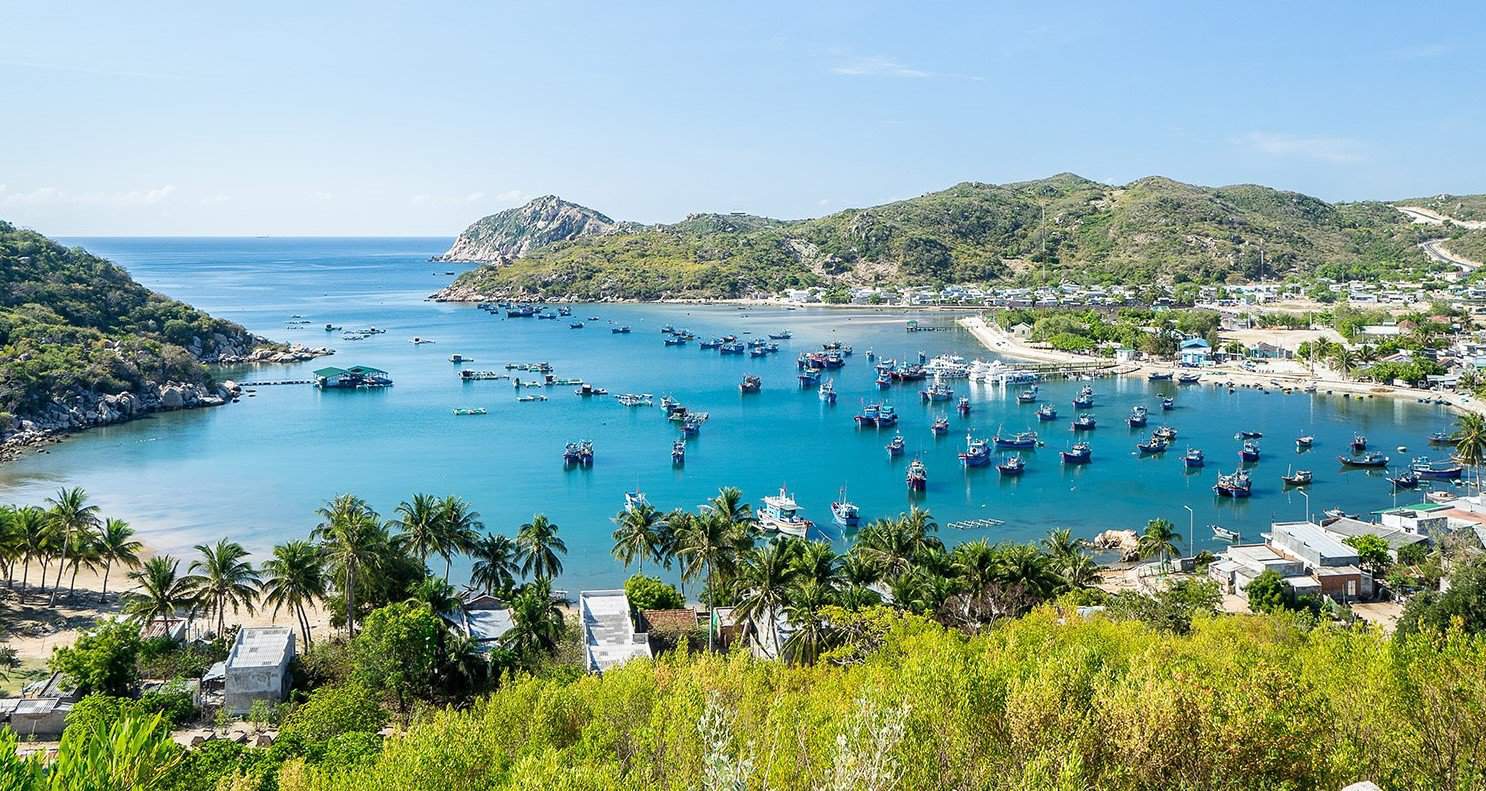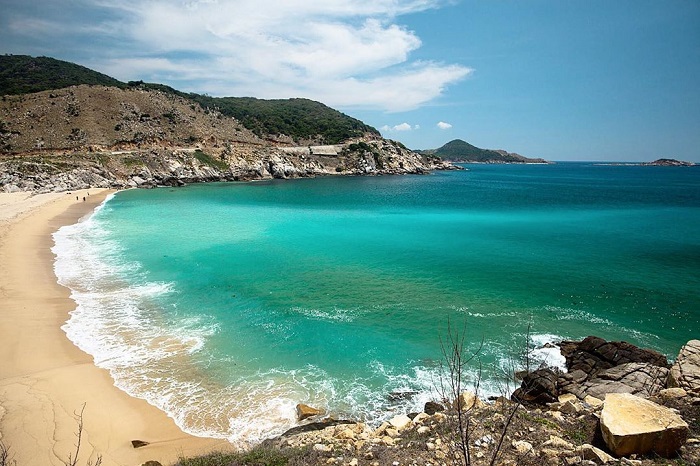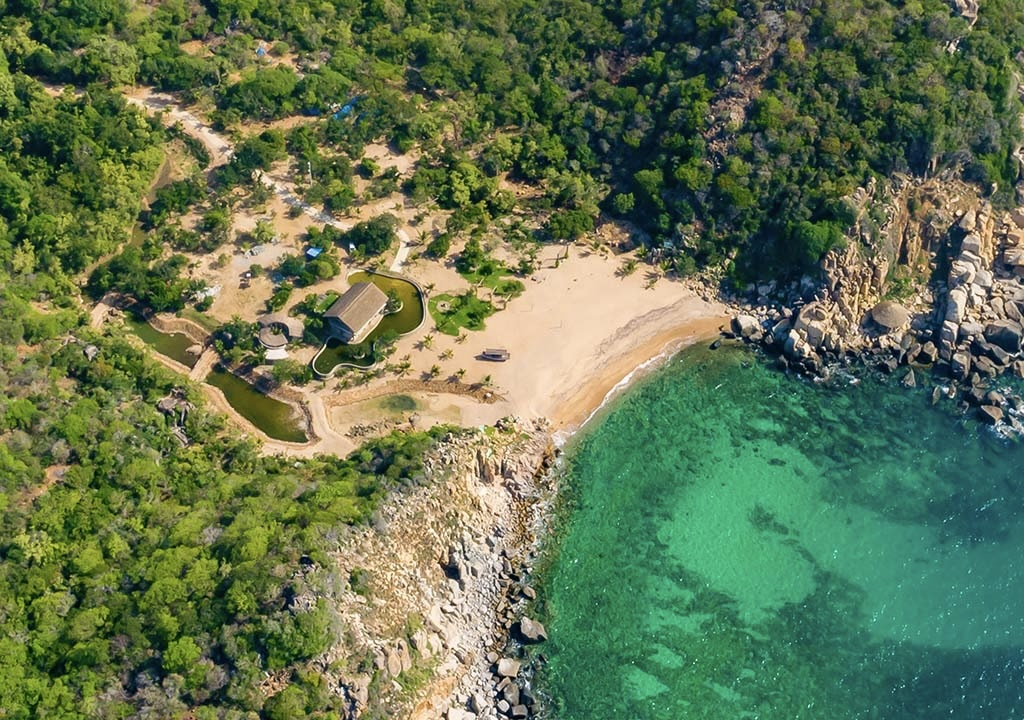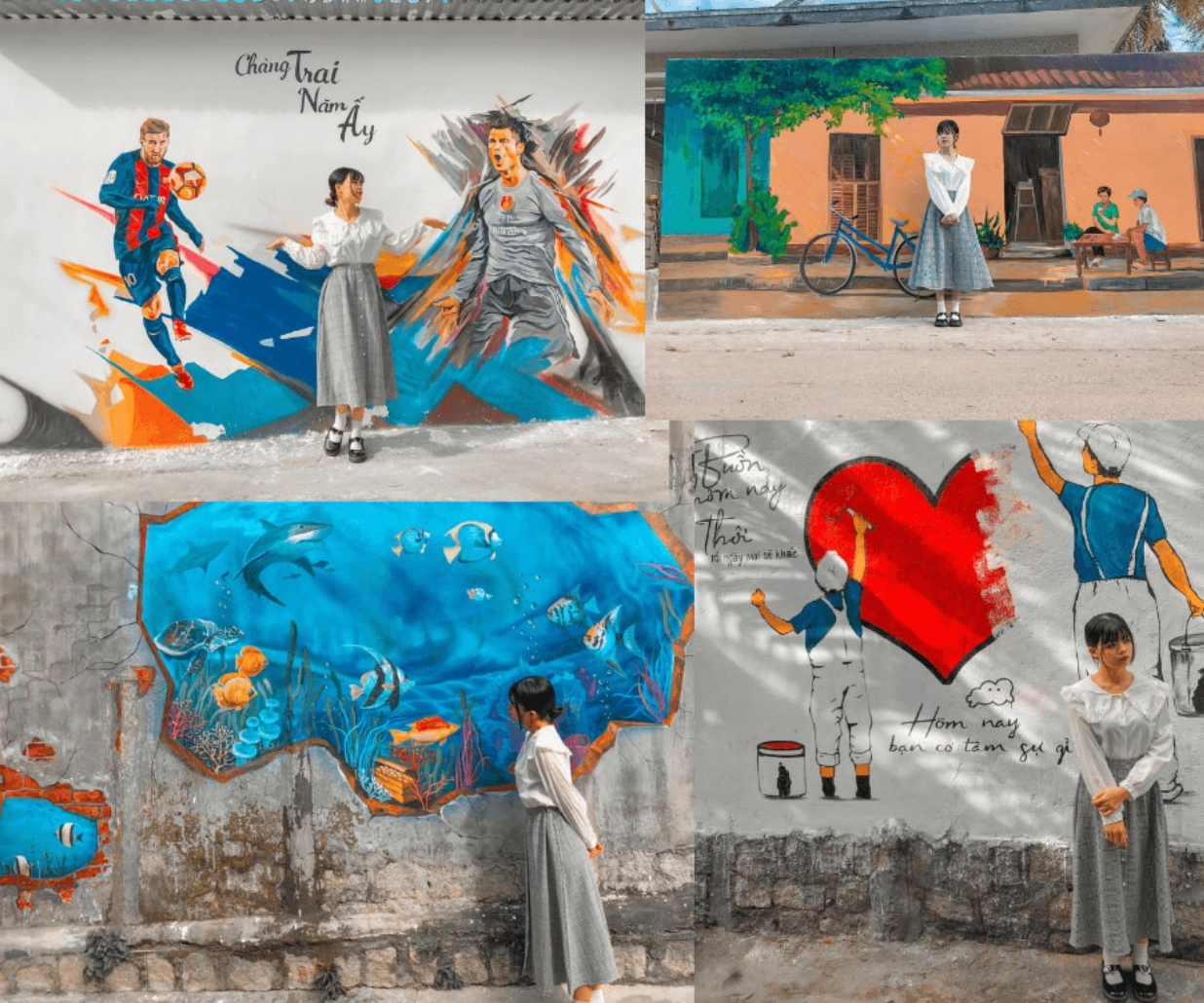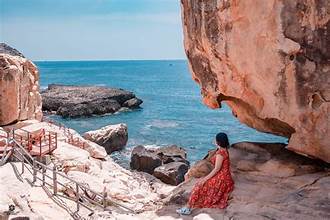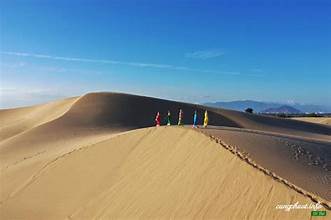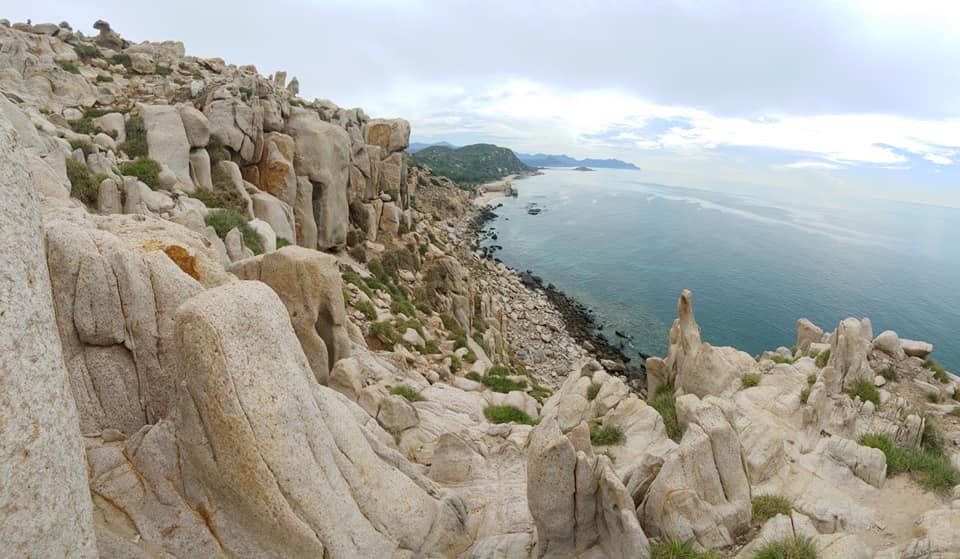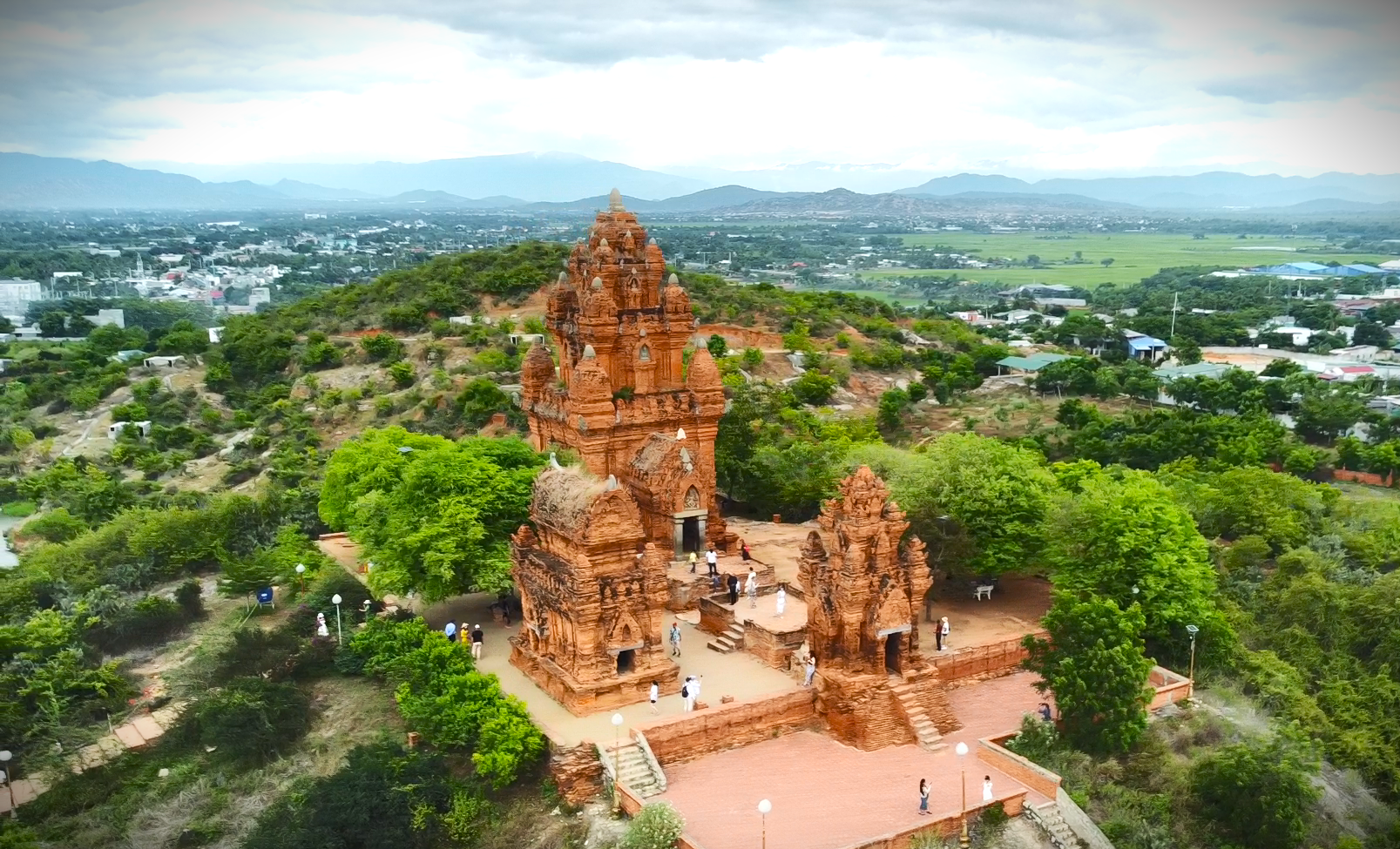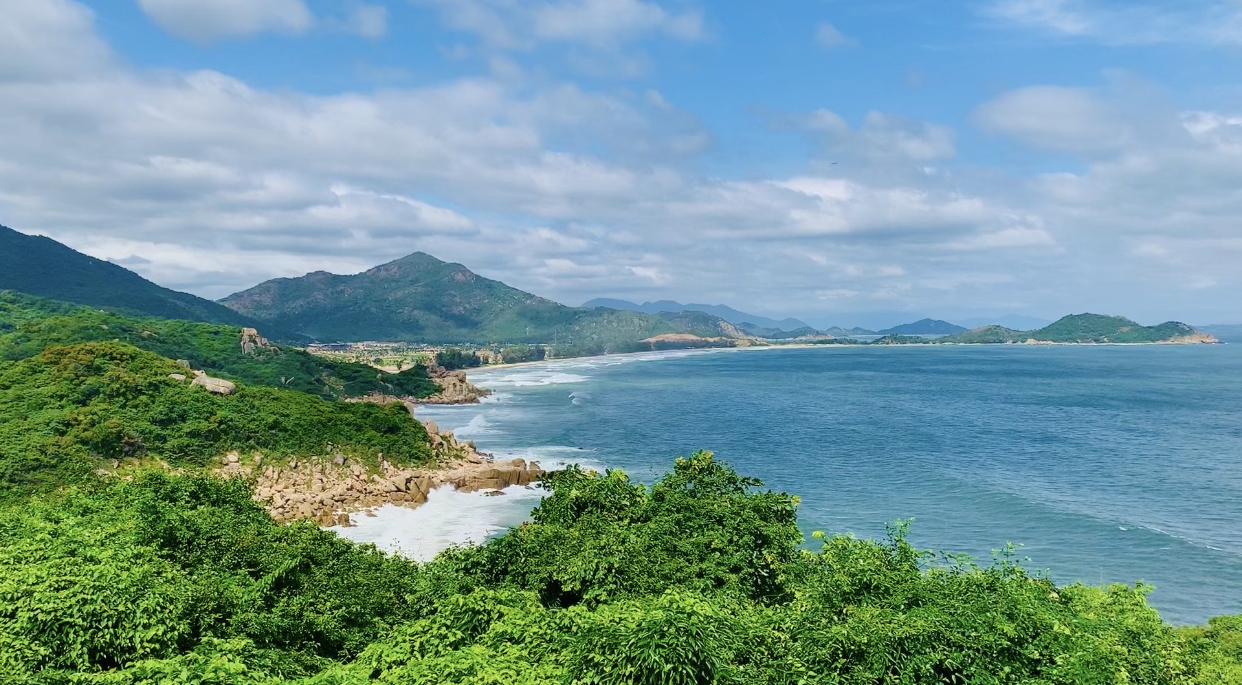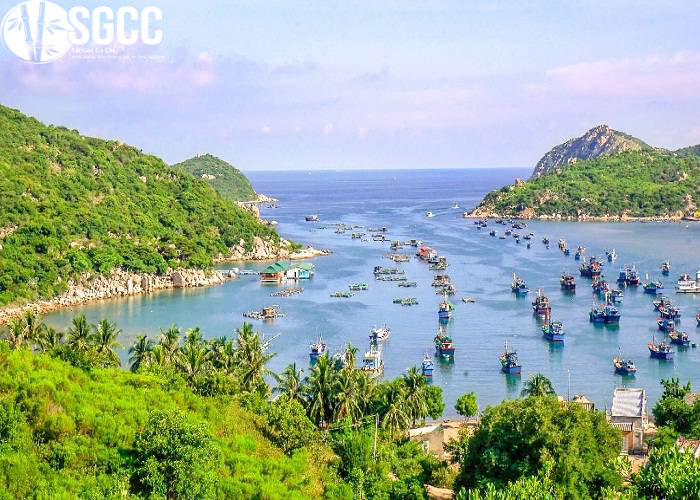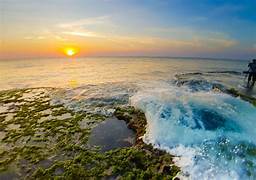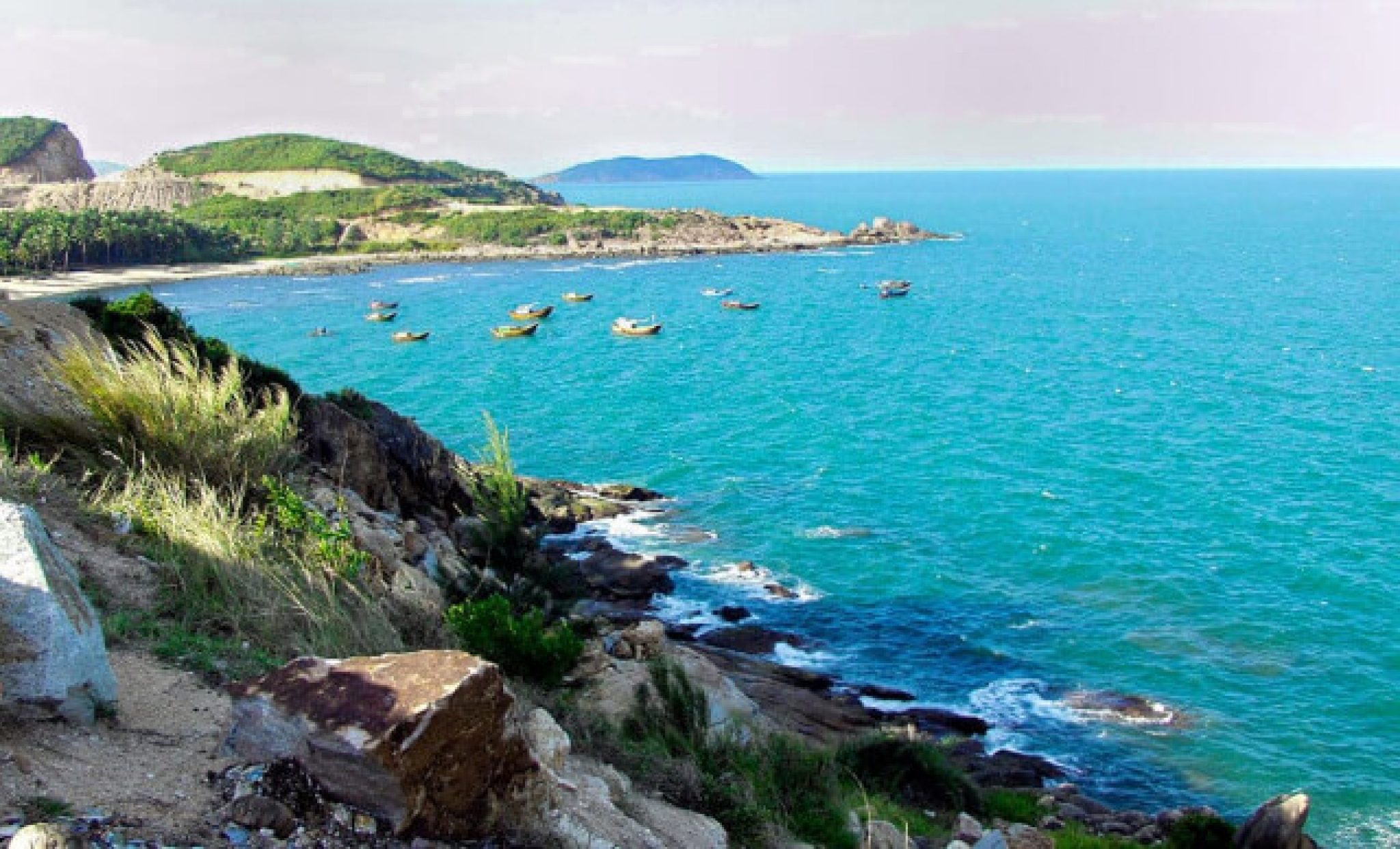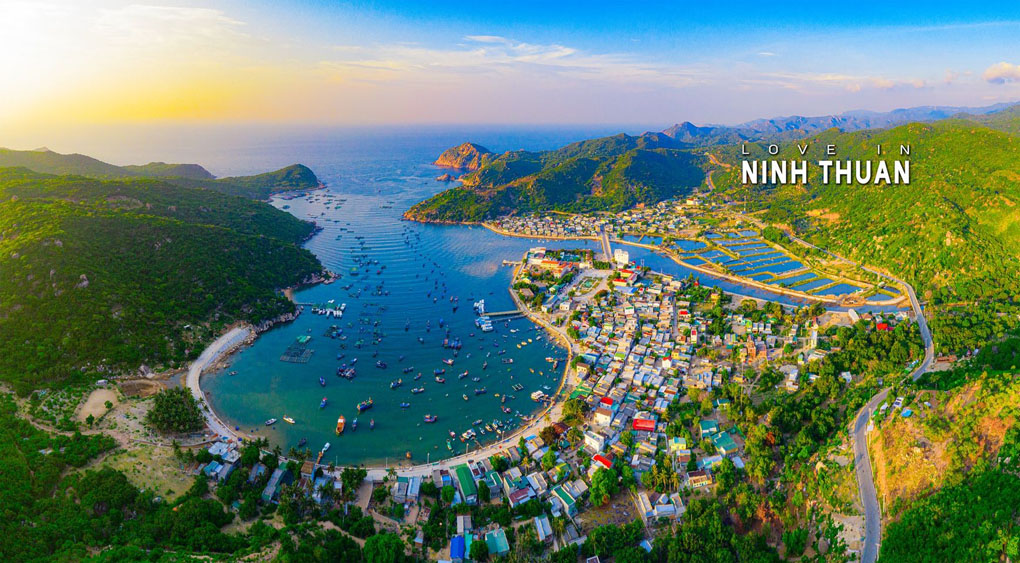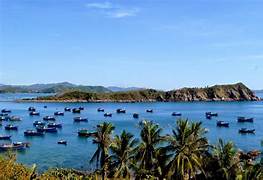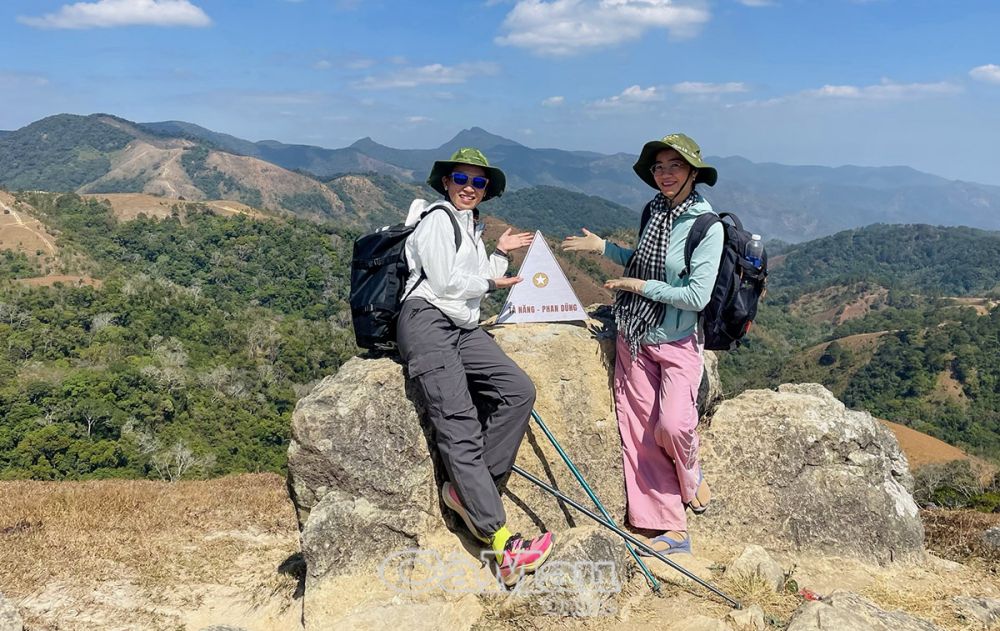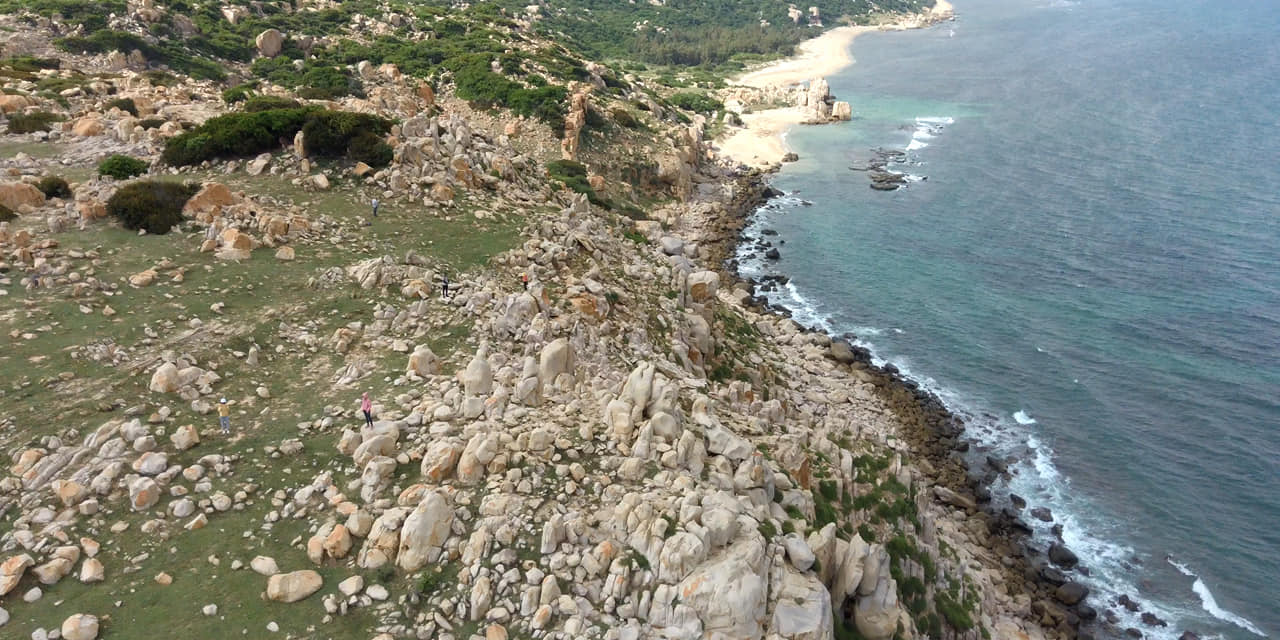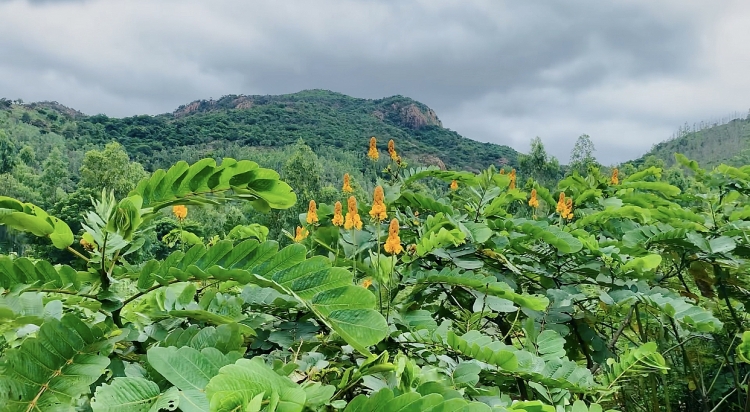(SGTT) – Compact, easy to transport when going to the forest, along with high drought tolerance, "seed bombs" have been used by rangers and tourists in Nui Chua National Park, a member of the Safe Destination Initiative. released into the wild to multiply the forest area for many years.
(SGTT) – Compact, easy to transport when going to the forest, along with high drought tolerance, "seed bombs" have been used by rangers and tourists in Nui Chua National Park, a member of the Safe Destination Initiative. released into the wild to multiply the forest area for many years.

Nui Chua National Park officials are dropping "seed bombs" into the forest. Photo: Thanh Ngon
"Seed bomb" is a method applied by the Management Board of Nui Chua National Park, Ninh Thuan province to regenerate flora to increase greenery in arid, rocky mountain areas in the two districts of Ninh Hai and Ninh Hai. Thuan Bac.
Nui Chua National Park (Park) is located entirely in the Central Coastal climate zone of the South Central climate zone. This place is characterized by high drought, the rainy season in this area comes later than other regions in the province and ends earlier. The rainy season usually starts from September, October and ends around December.
Because of the harsh climatic conditions, plus the short rainy season, the regeneration of natural forests is quite difficult, the seedlings are not stable, the dry season has arrived, making the trees not viable. In addition, the complex terrain here makes the preparation and design of the planting area facing many limitations.
Therefore, since 2018, the Garden has implemented the afforestation method using "seed bombs". These bombs grow according to the principle of nature, they germinate when it rains, without fertilizing or watering. On the other hand, in dry times, the seeds are covered by soil and are not eaten by insects or ants.

Each bomb has a diameter of 3 to 6cm, inside there are many seeds of different forest tree varieties. Photo: Thanh Ngon
The way to create a "seed bomb" is quite simple, with a low cost thanks to taking advantage of locally available materials such as clay, manure and seeds collected by themselves in the forest. The staff of the Forest and Marine Resources Conservation Department will use clay and compost mixed with a little water, then shape into balls, inside containing seeds of different types of plants depending on the time.
Last year, more than 10,000 "seed bombs" were native plants, typical of Nui Chua National Park such as trom, ironwood, wood... were released into the forest by visitors and staff.
Along with biodiversity conservation activities, forest and marine landscapes. Nui Chua National Park also develops types of eco-tourism. According to Mr. Nguyen Thanh Trung - Deputy Director in charge of Nui Chua National Park, said: "Eco-tourism in the true sense of tourism is responsible for nature, contributing to the regeneration of nature and protection of nature. The garden is doing based on the motto "preservation for tourism development and tourism development to contribute to conservation". For example, each visitor coming here, when entering the forest, will bring from 2 to 10 "seed bombs" and follow the instructions of the guide to drop them in the empty places to contribute to the regeneration of the forest.
The "seed bombs" are thrown and dropped on the slopes of Nui Chua, contributing to sowing green sprouts into nature. These "seed bombs" have great significance in forest regeneration, contributing to biodiversity conservation.
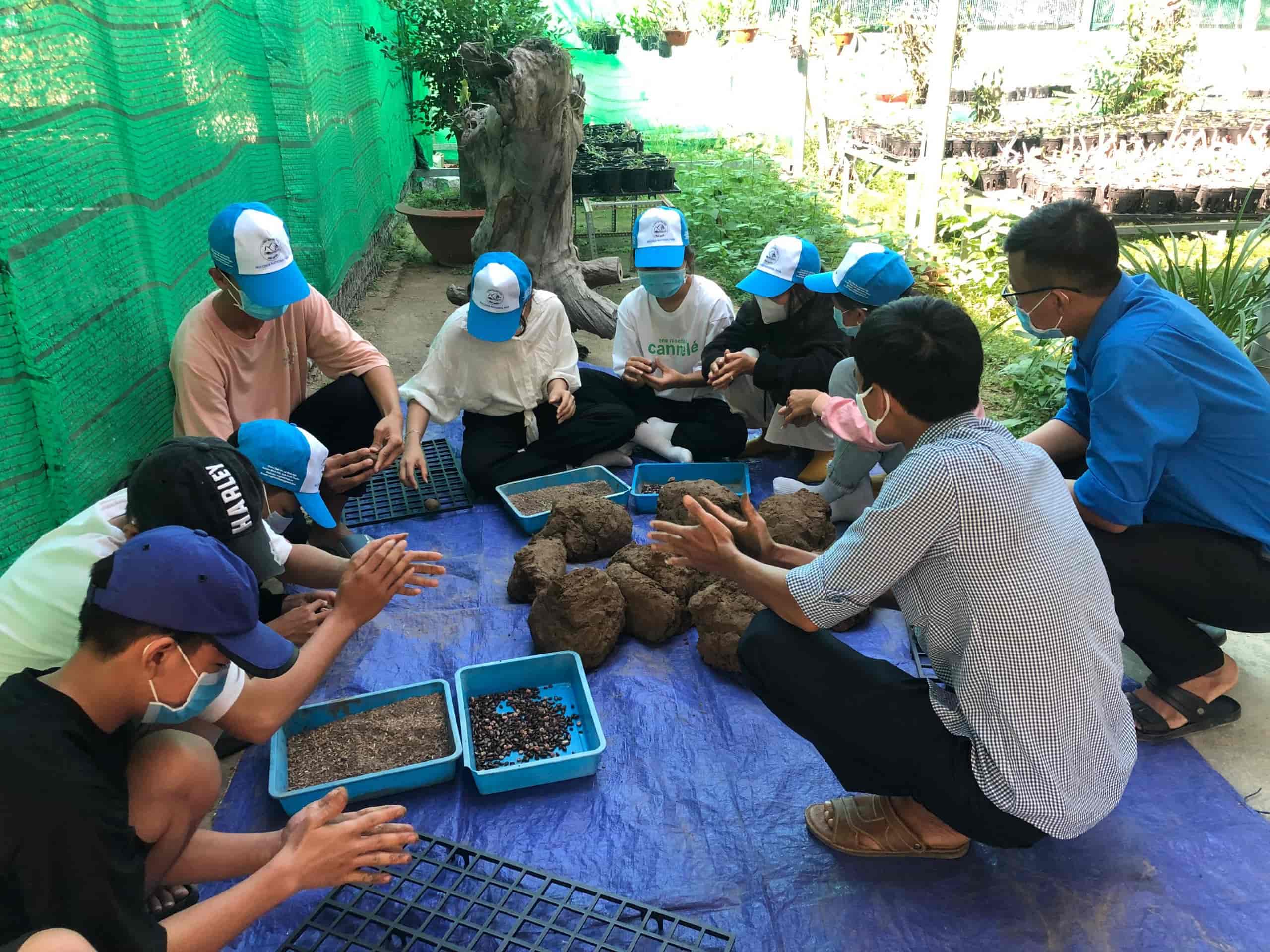
The "seed bomb" is made up of mixing clay with manure, then kneading it by hand and putting forest seeds in the middle and then rolling it into balls. Photo: Thanh Ngon
Currently, tourists visiting, especially those participating in trekking (hiking in the mountains) at Nui Chua National Park will be introduced to this model by tour guides. Groups of backpackers often choose dangerous mountain roads to explore, and "seed bombs" that bring green seeds to the forest also follow tourists to the most craggy, difficult places, taking root on the mountain slopes. stone.
Planting forests with "seed bombs" not only costs less, has a high survival rate, and is important in helping to build awareness of conservation, preserving forests and protecting the ecological environment for tourists.
Nui Chua National Park is a member of the Safe Destination Initiative (organized and operated by Saigon Economic Magazine) and has been recognized as a World Biosphere Reserve in 2021. This place converges Full of 3 spaces: forest, sea, semi-desert, is Vietnam's unique dry forest ecosystem.
Since the beginning of the year until now, this place has had more than 130,000 visitors to visit and experience. Some beautiful and famous landscapes in Nui Chua National Park such as Rai Cave, Stone Park, Vinh Hy Bay, Nui Chua peak...
Ninh Thuan
1538 view
Update day
: 01/09/2023
Ngọc An


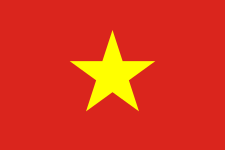 vn
vn en
en ja
ja ko
ko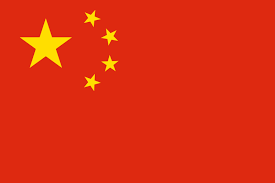 zh
zh


















